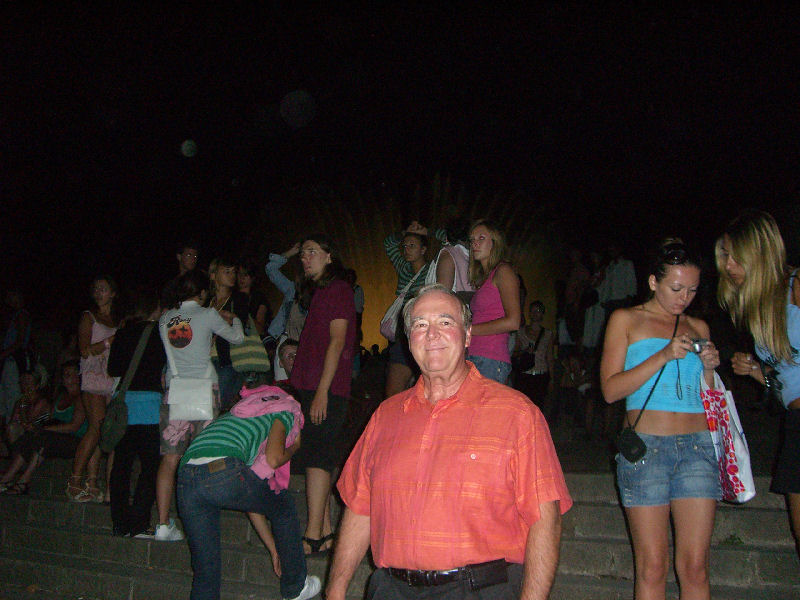Barcelona
Coming into
Barcelona.

One cannot think of Barcelona without thinking of Gaudi. His influence in
architecture is everywhere and easily recognized.
His most significant building
is the intricate La Sagrada Familia (Church of the Holy Family) and other
whimsical modernist buildings of this famous architect. Construction began in
1882 and was interrupted by the Spanish Civil War in 1935. Work continues
today
with possible completion
2026 - 100 years after Gaudi's death. There are
concerns from engineers and architects that
the scheduled tunnel nearby for
the TGV will create
problems.
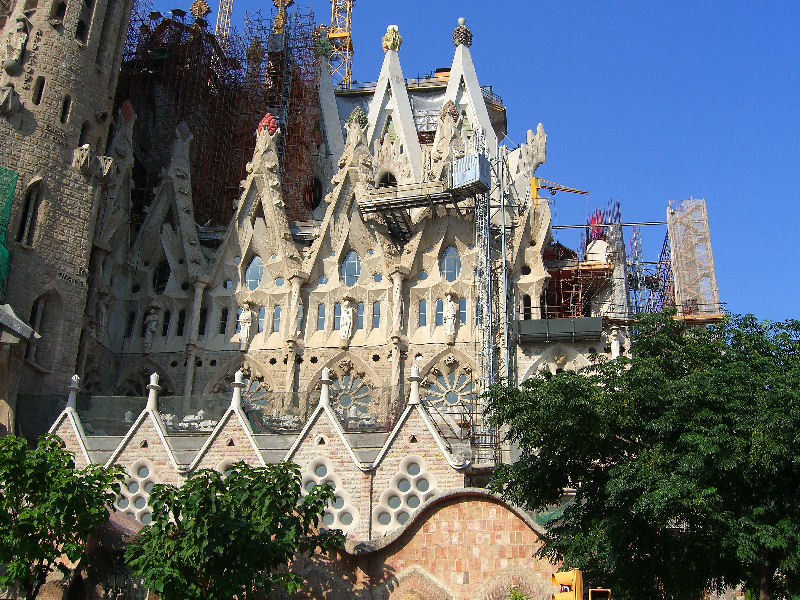
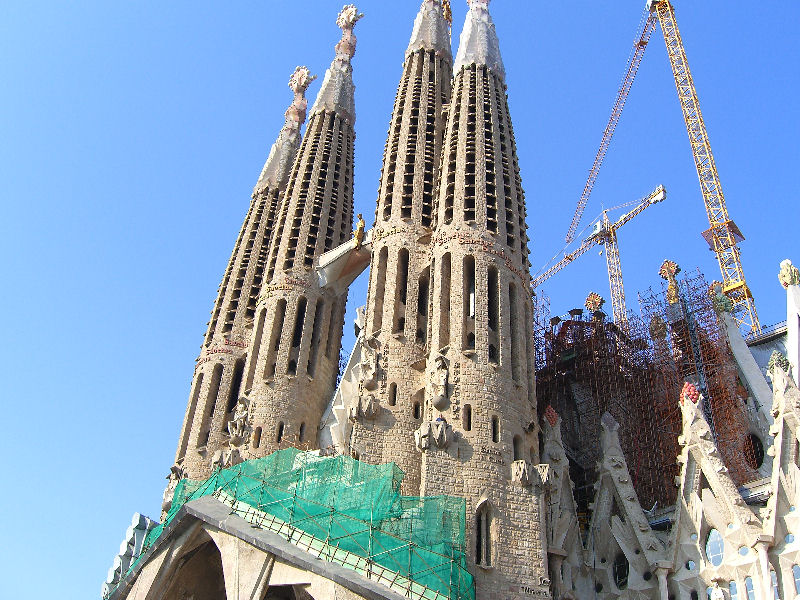
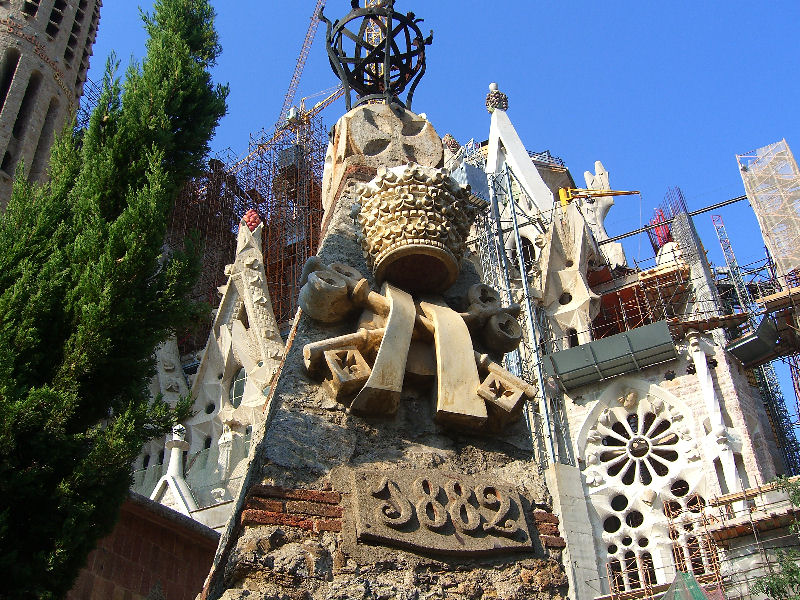

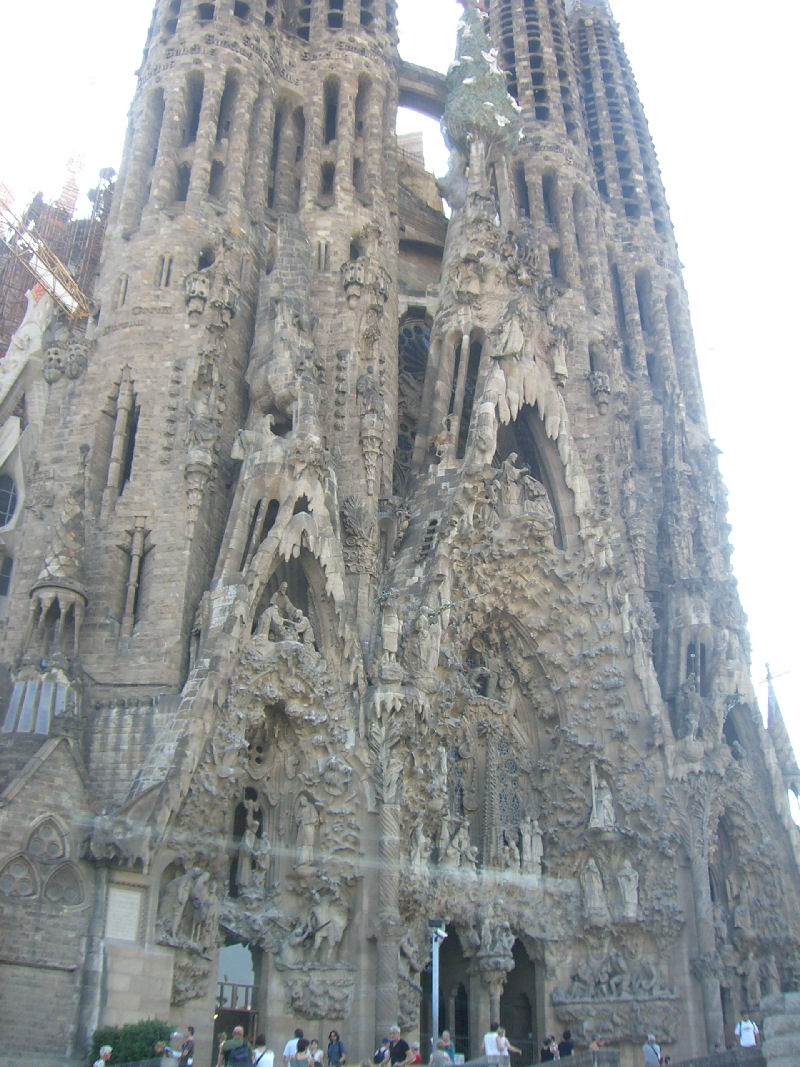
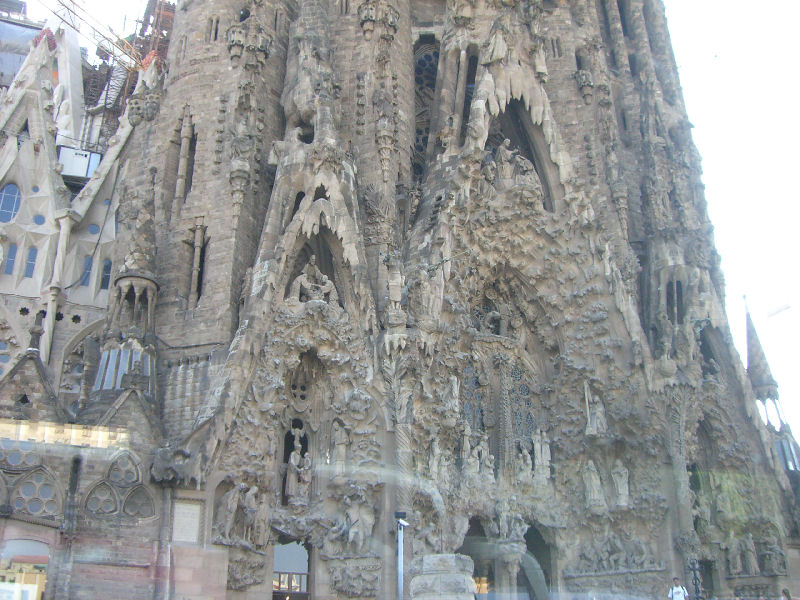
Gaudi was an ardent
Catholic, to the point that in his later years, he abandoned
secular
work and devoted his life to Catholicism and his
Sagrada
Família. He
designed it to have 18 towers, 12 for the 12 apostles, 4
for the 4 evangelists,
one for Mary and one for Jesus.
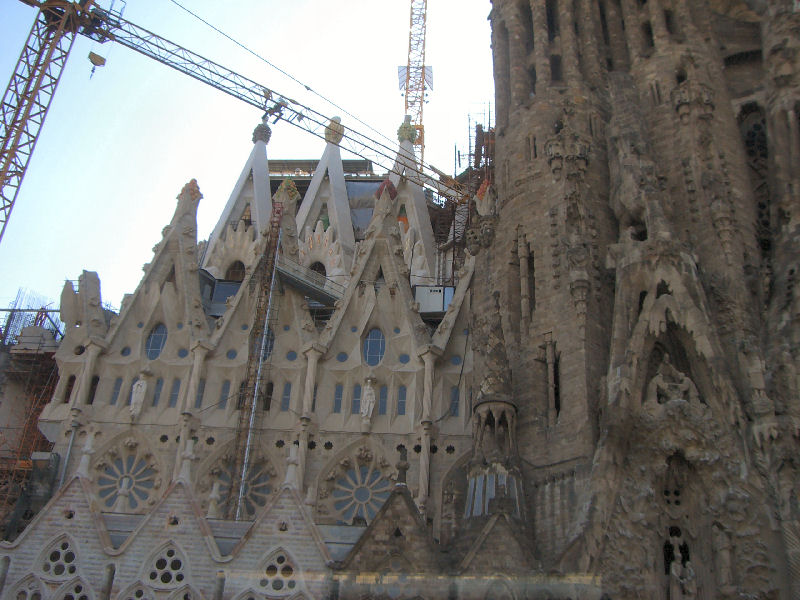
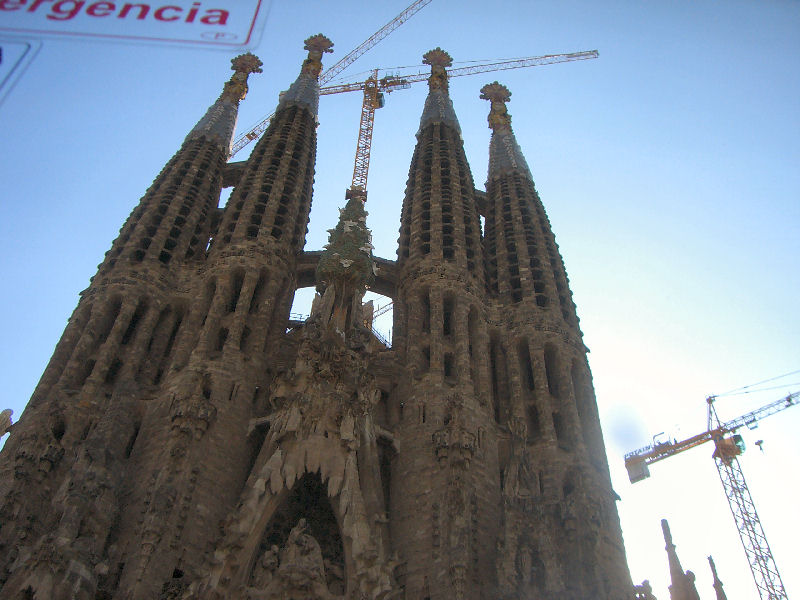

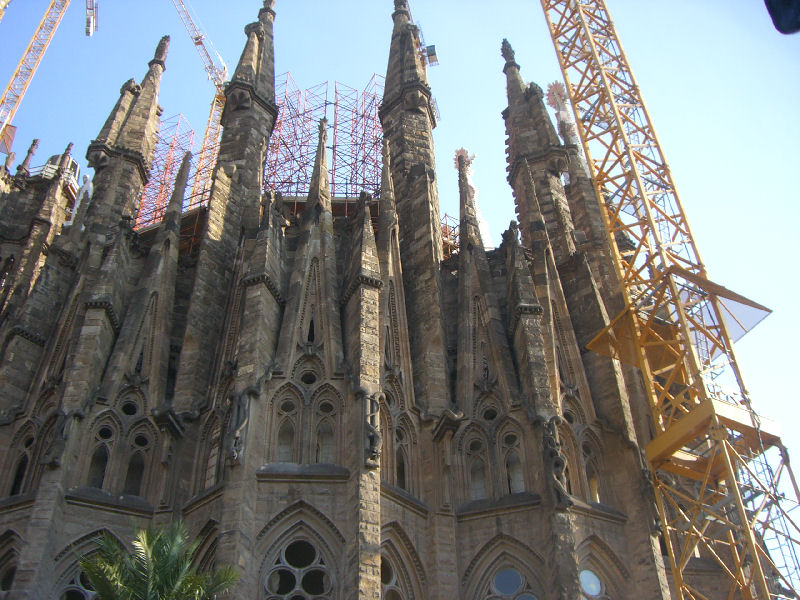

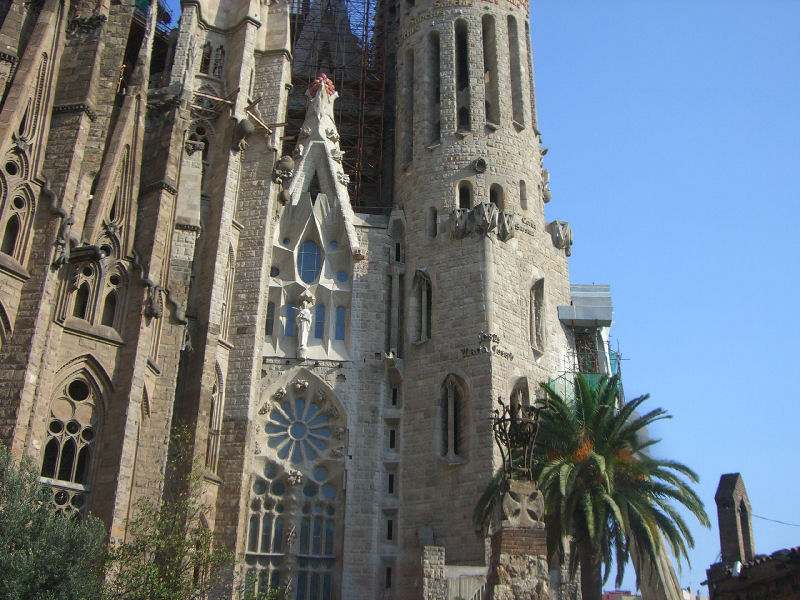
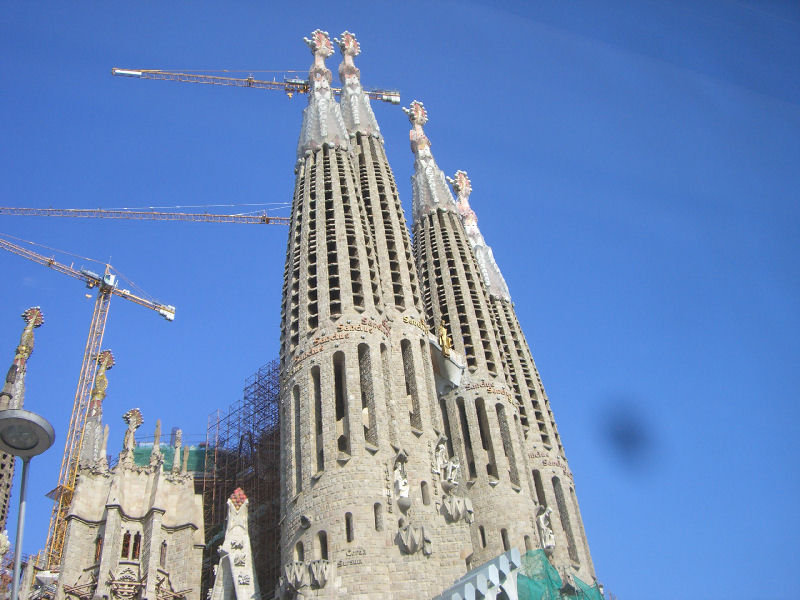
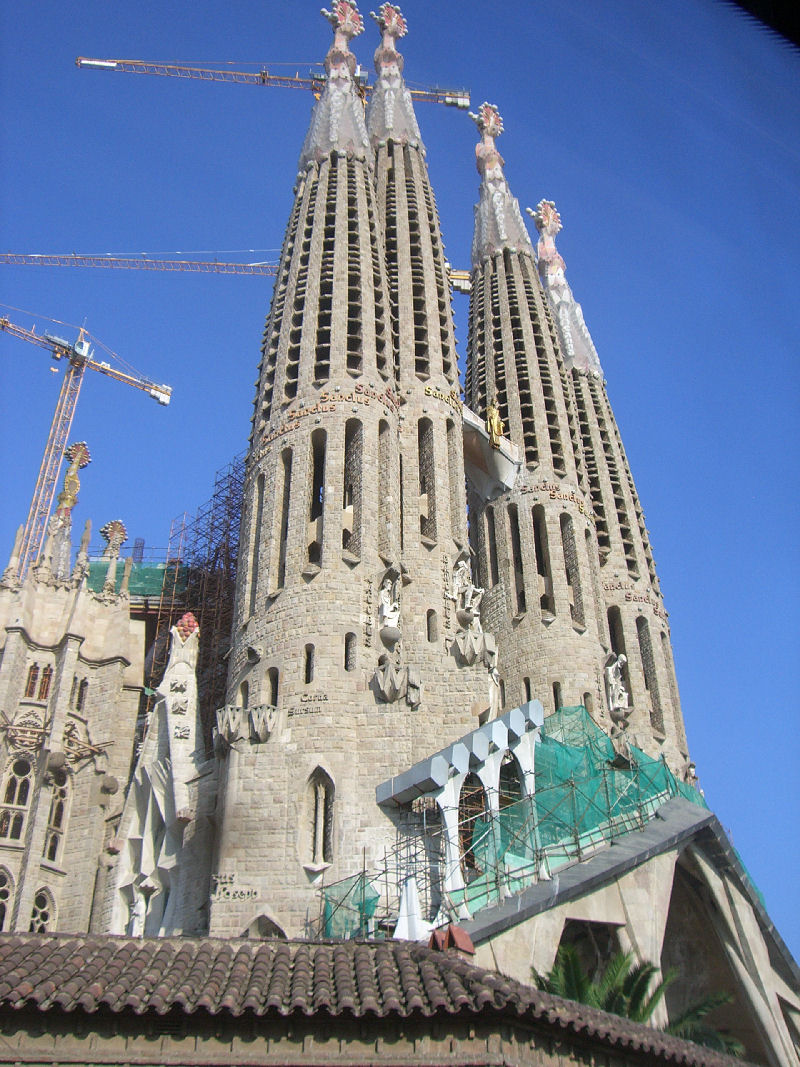
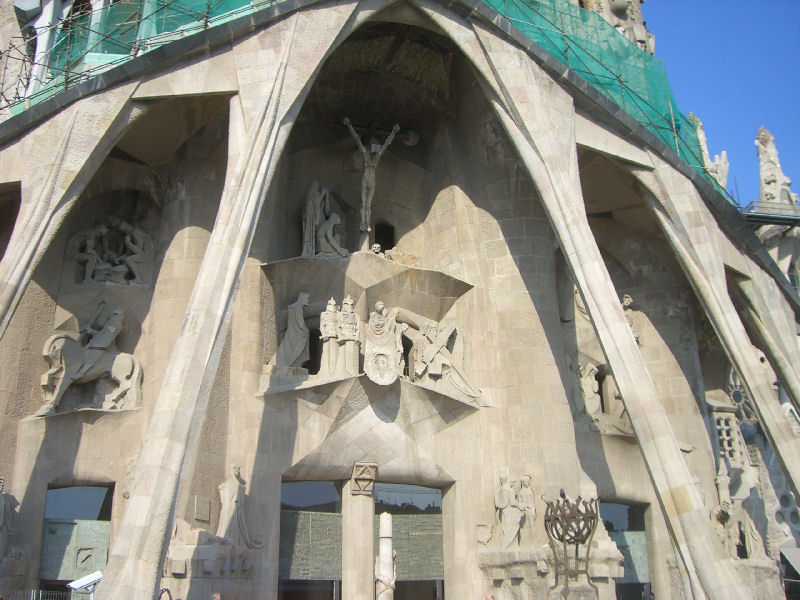
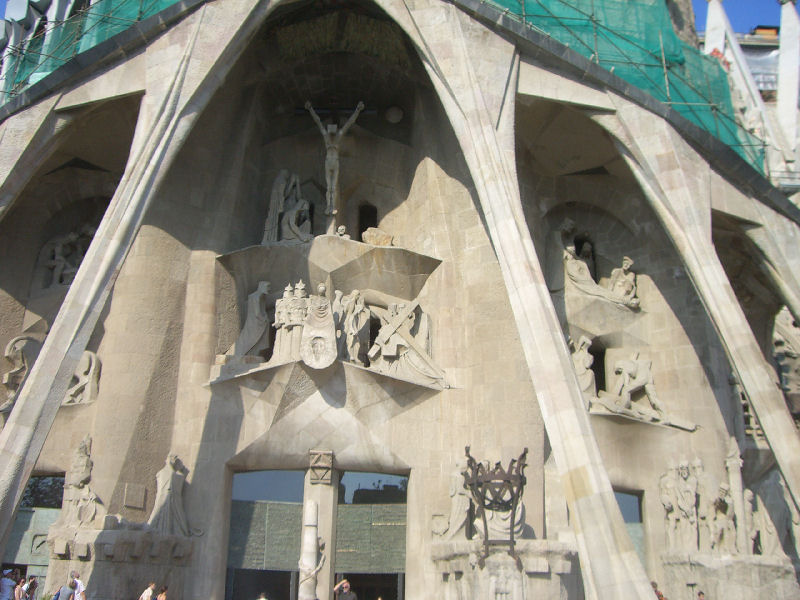
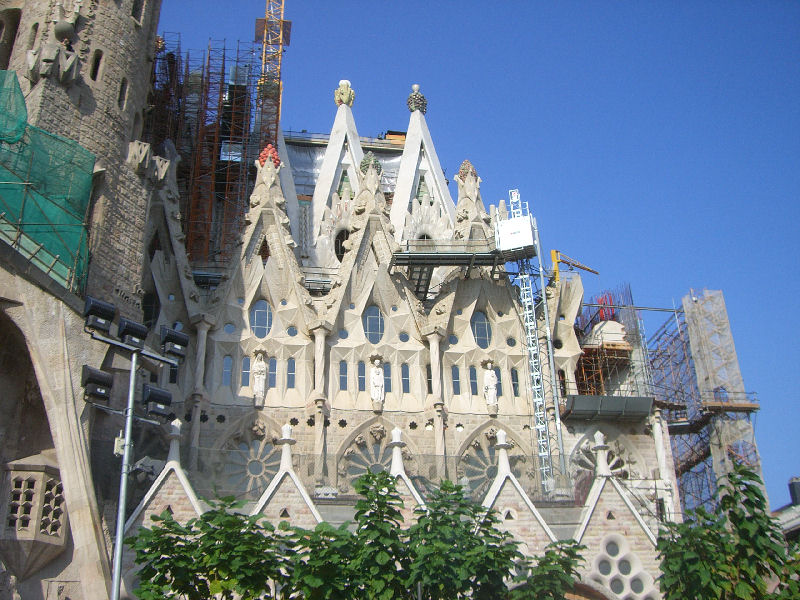
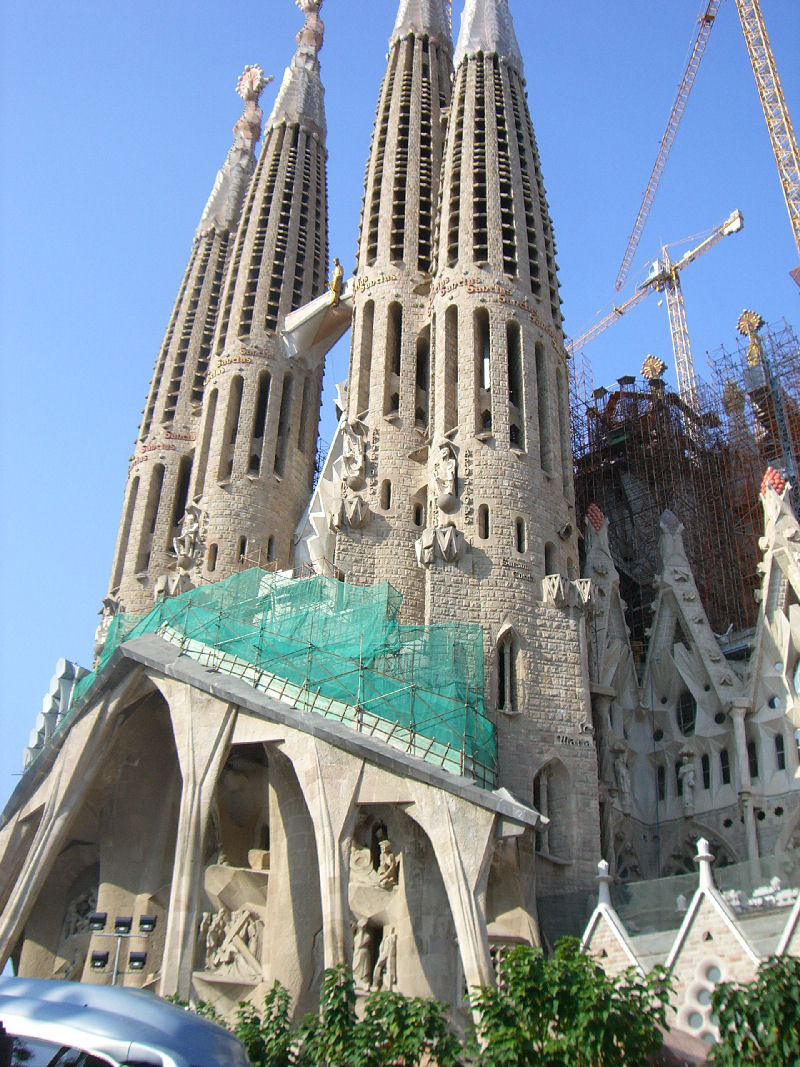
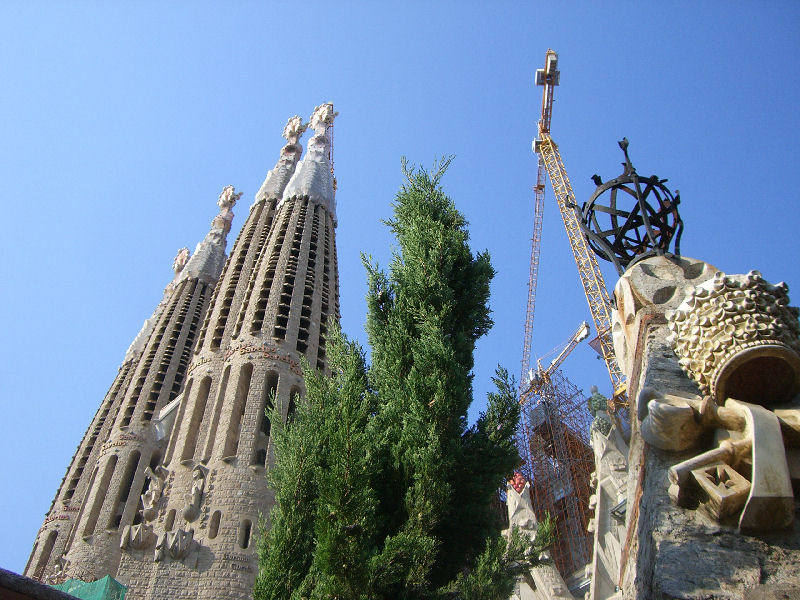

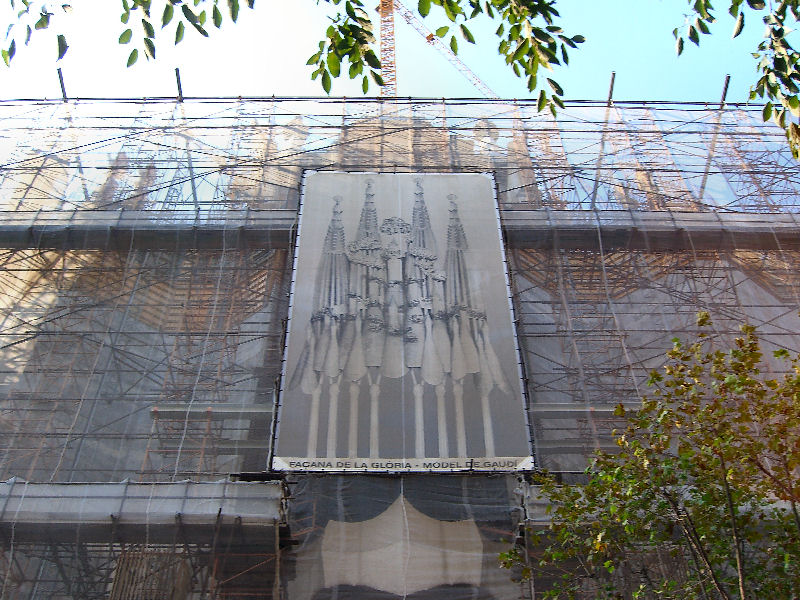

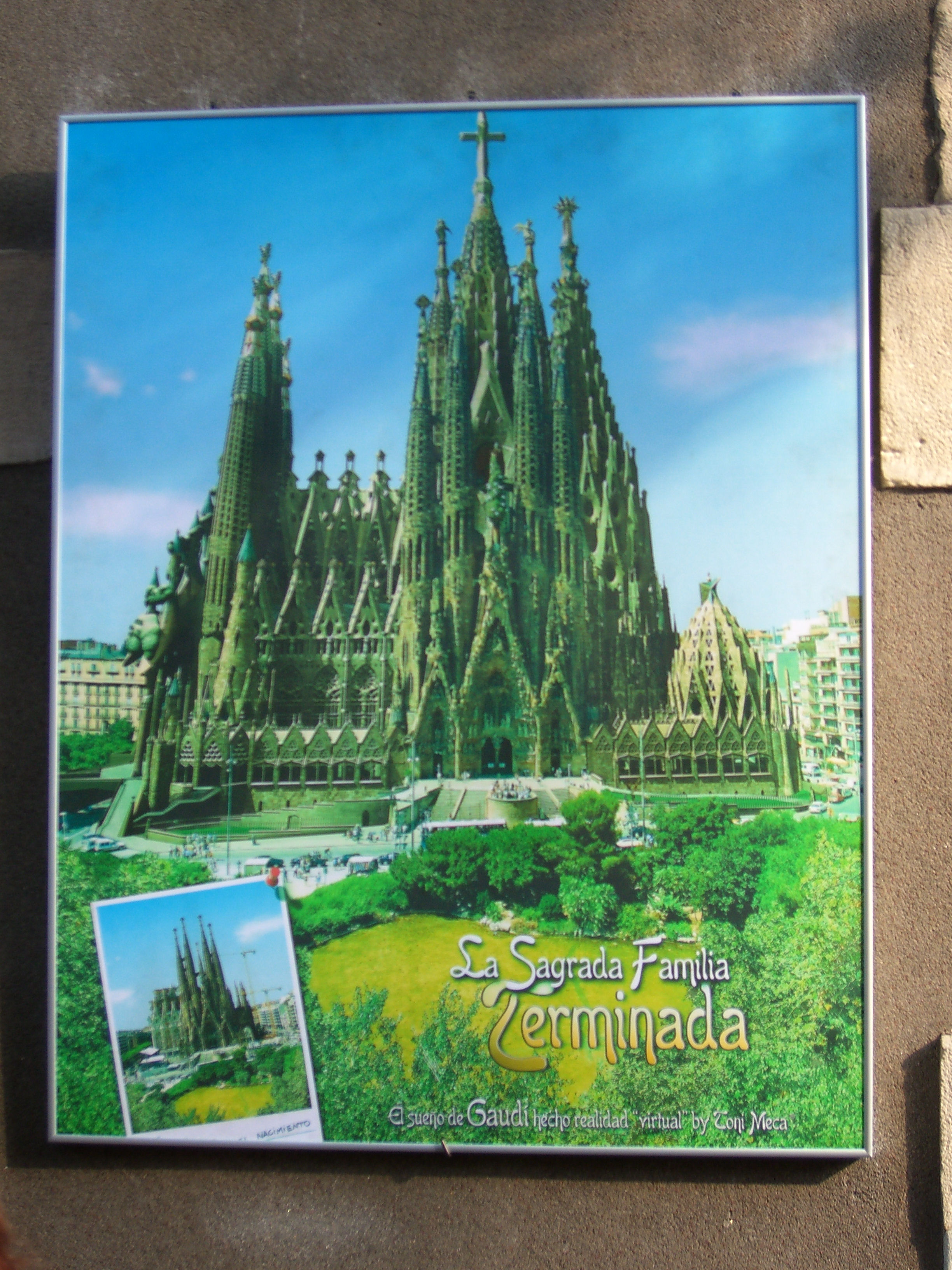

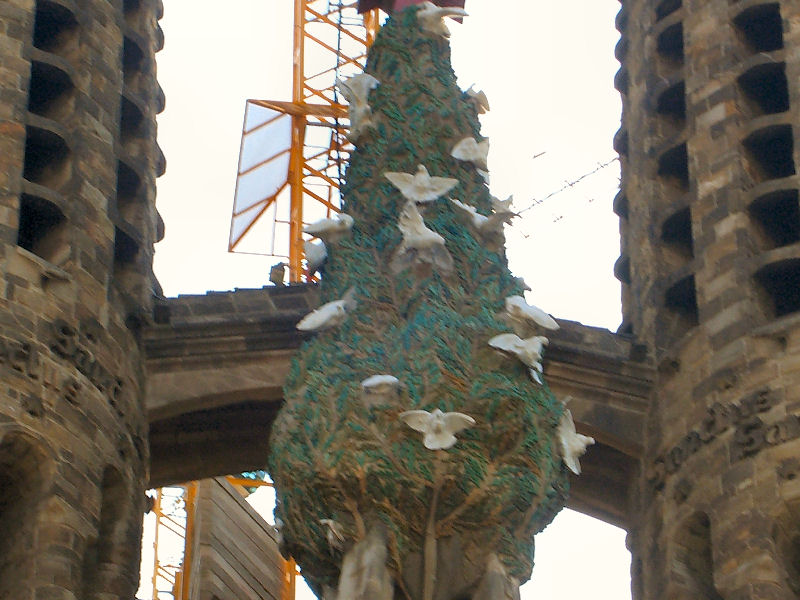
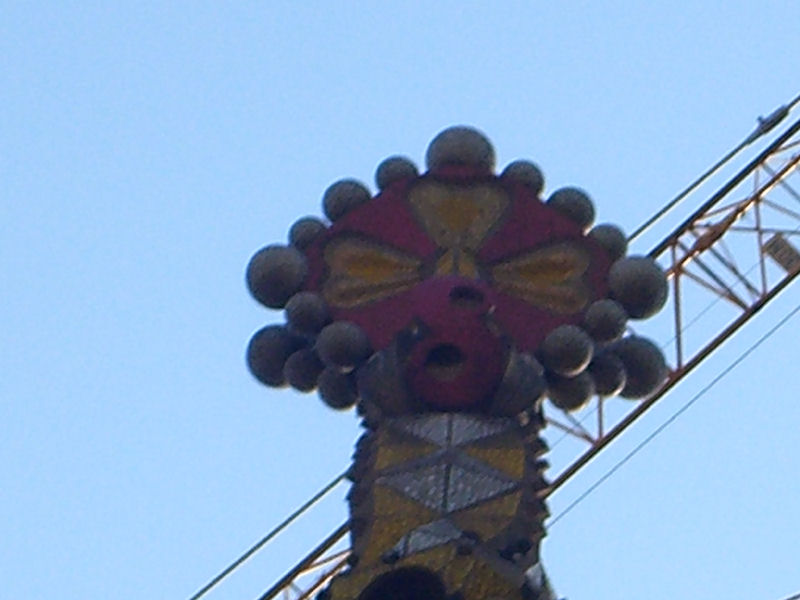
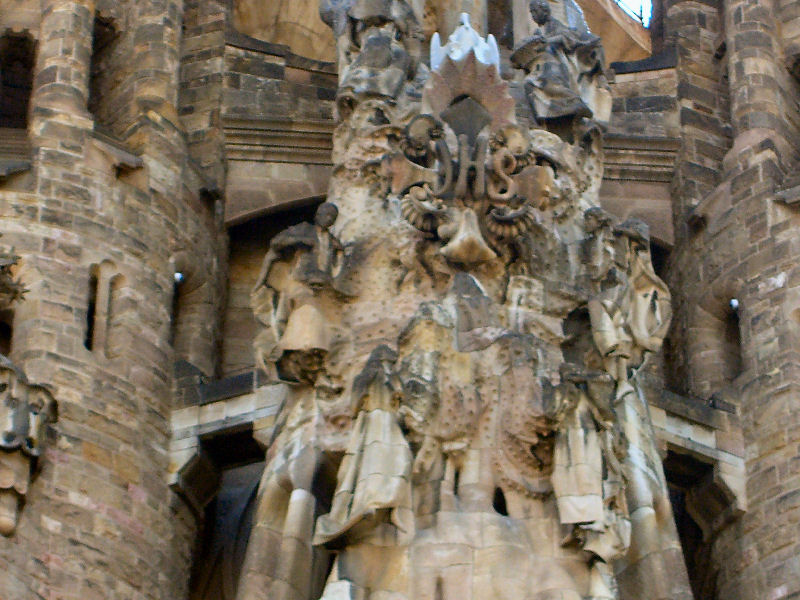


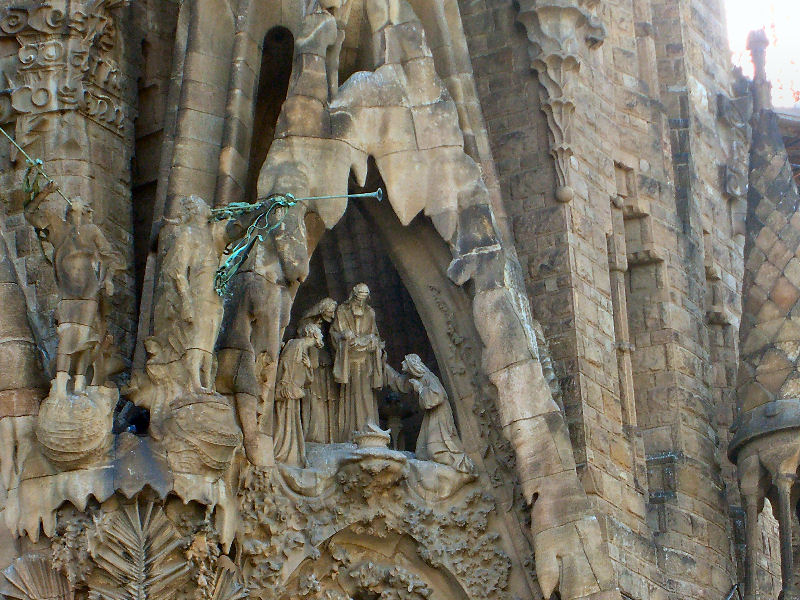
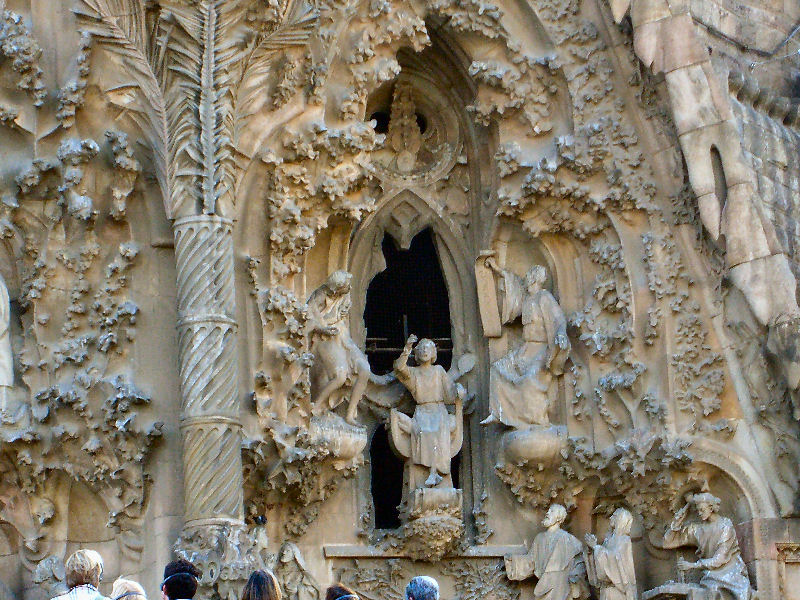
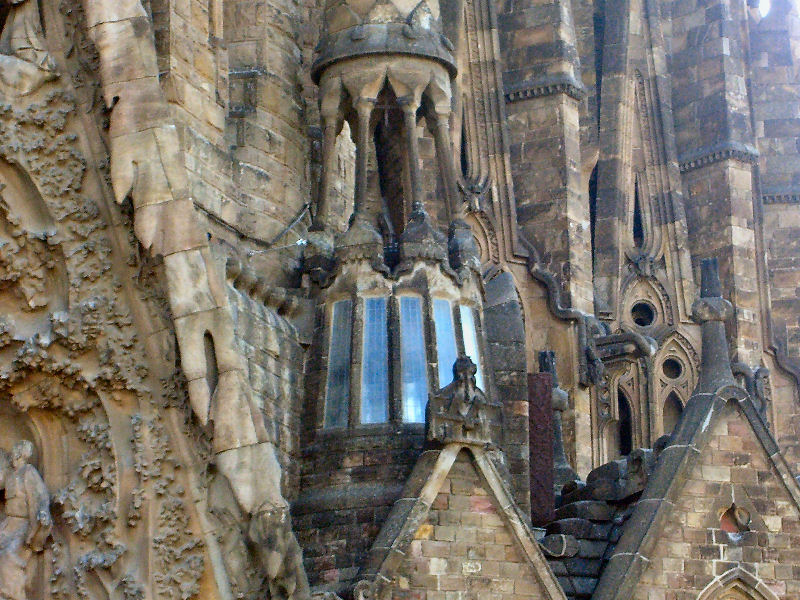
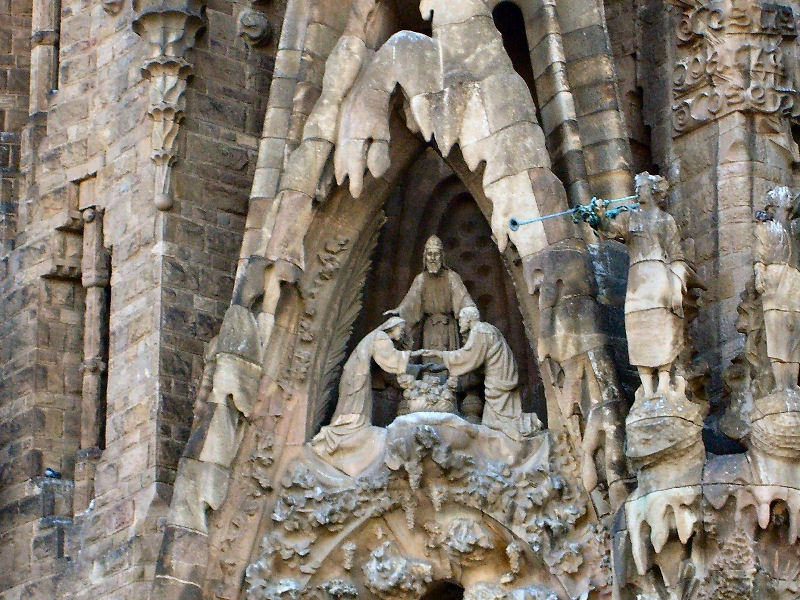
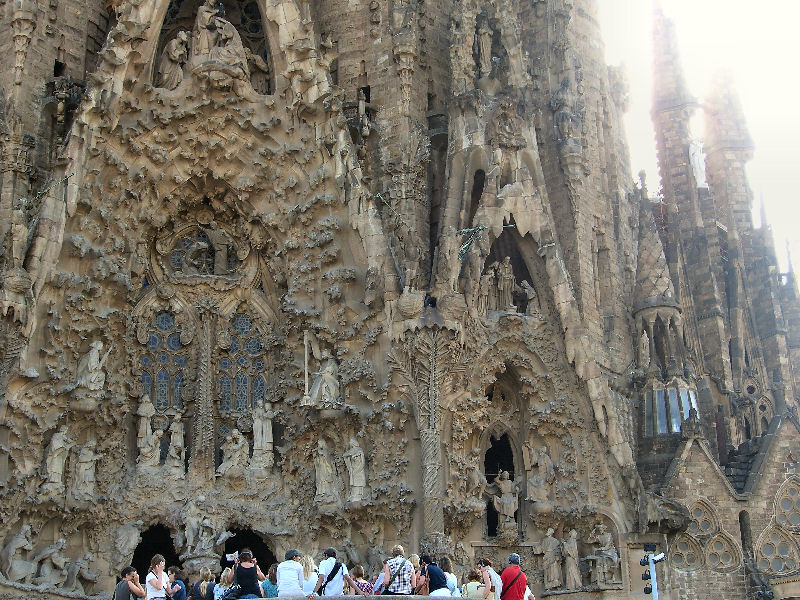
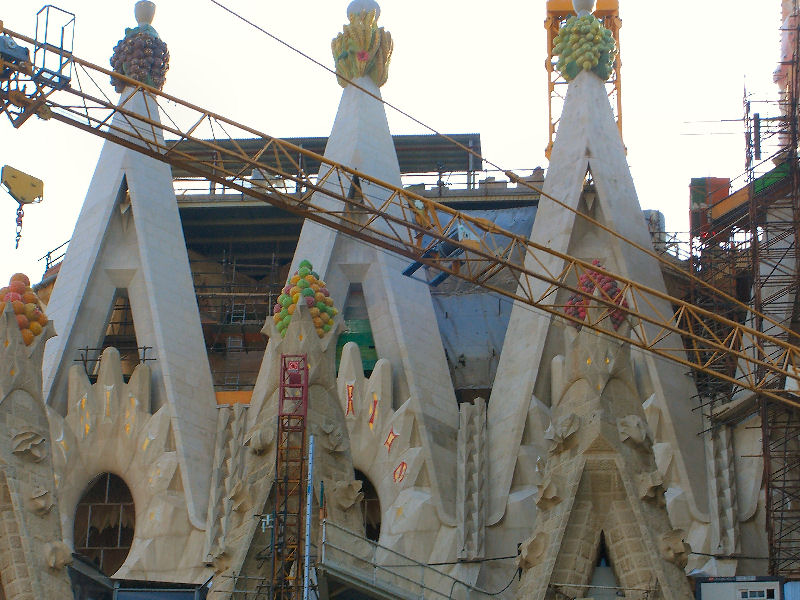
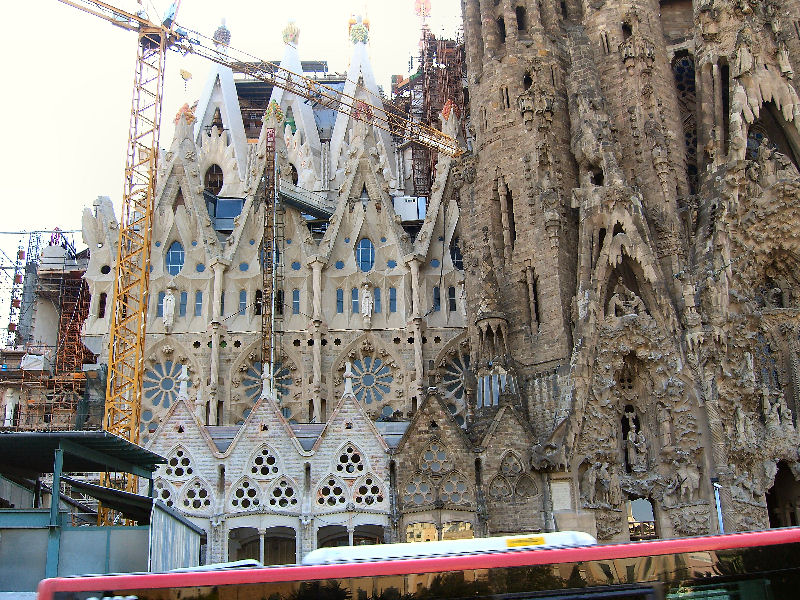
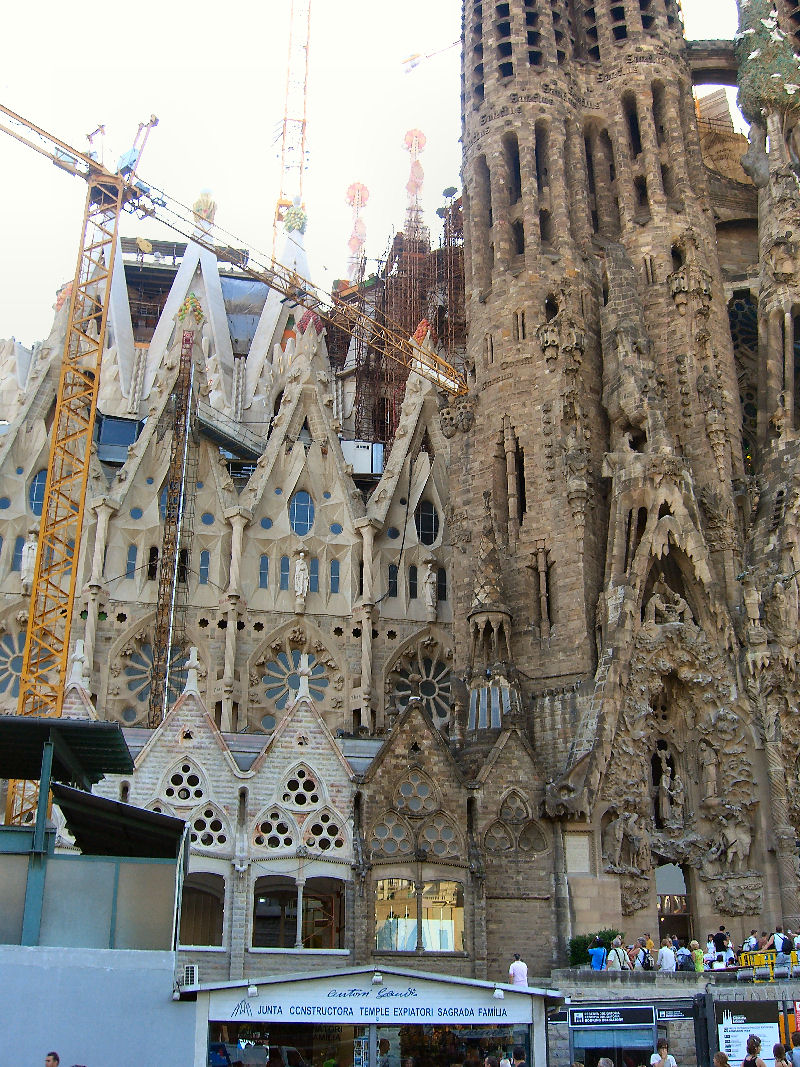

We both took many pictures of this unusual masterpiece.
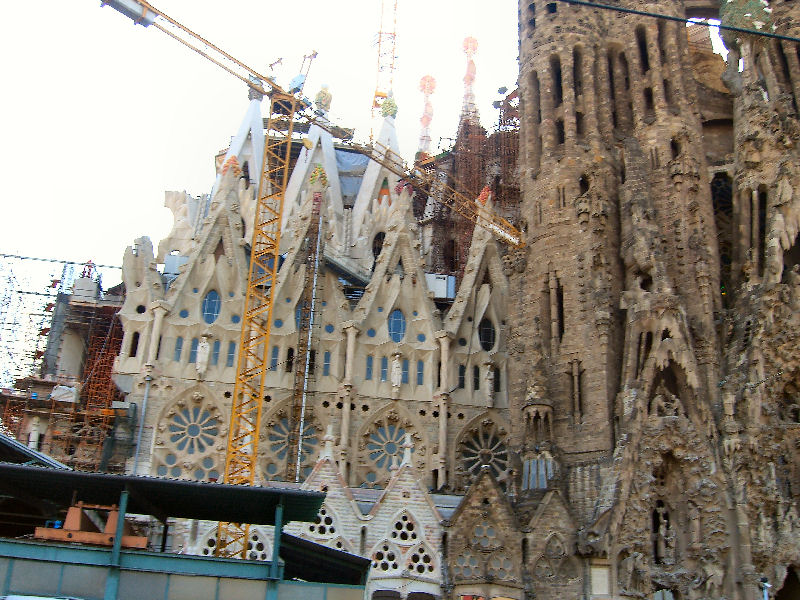

Traffic wasn't bad; it must have been siesta time.
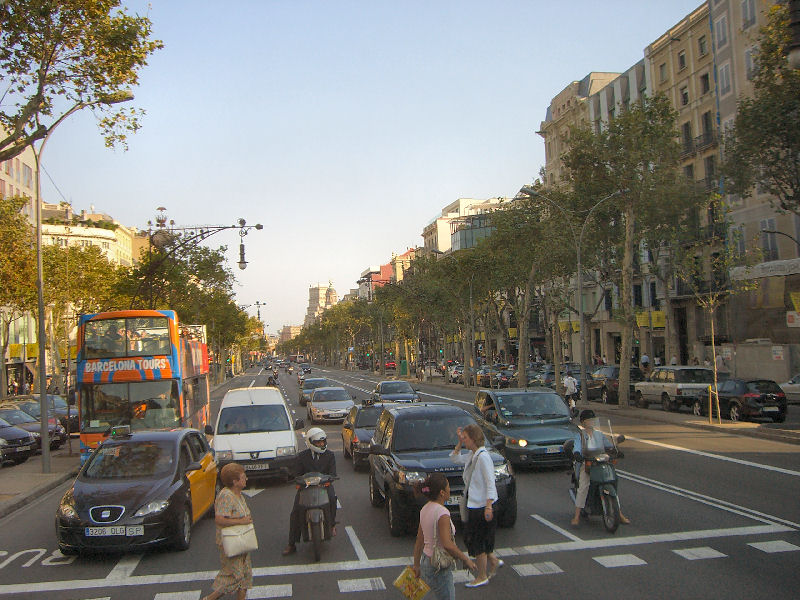
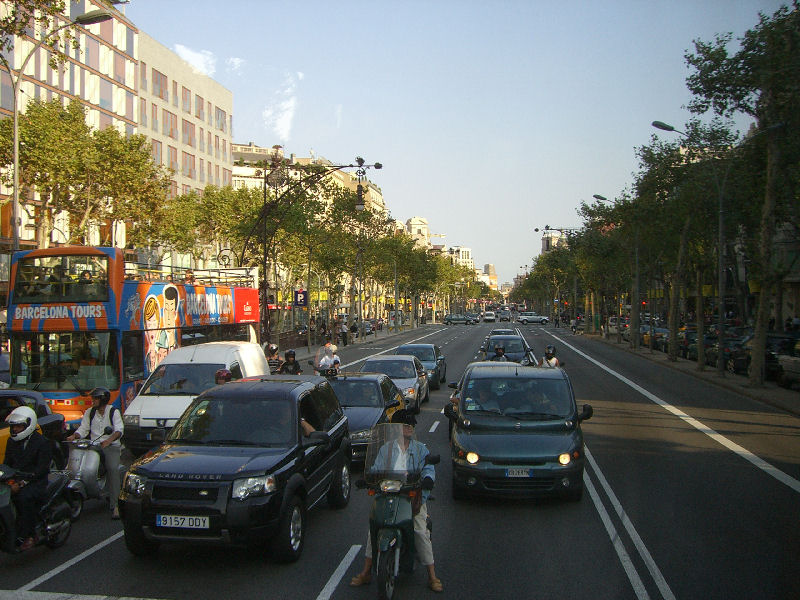
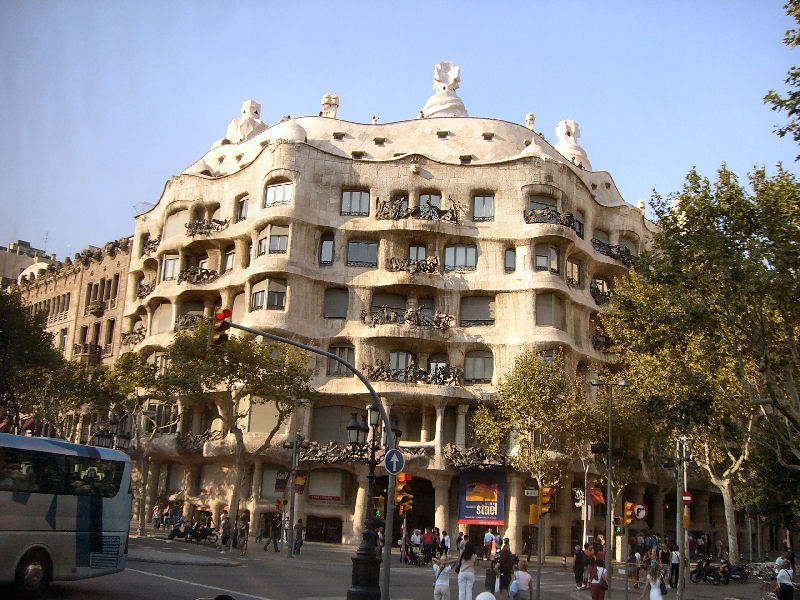
Gaudi works can be viewed in detail at
http://www.greatbuildings.com/architects/Antonio_Gaudi.html
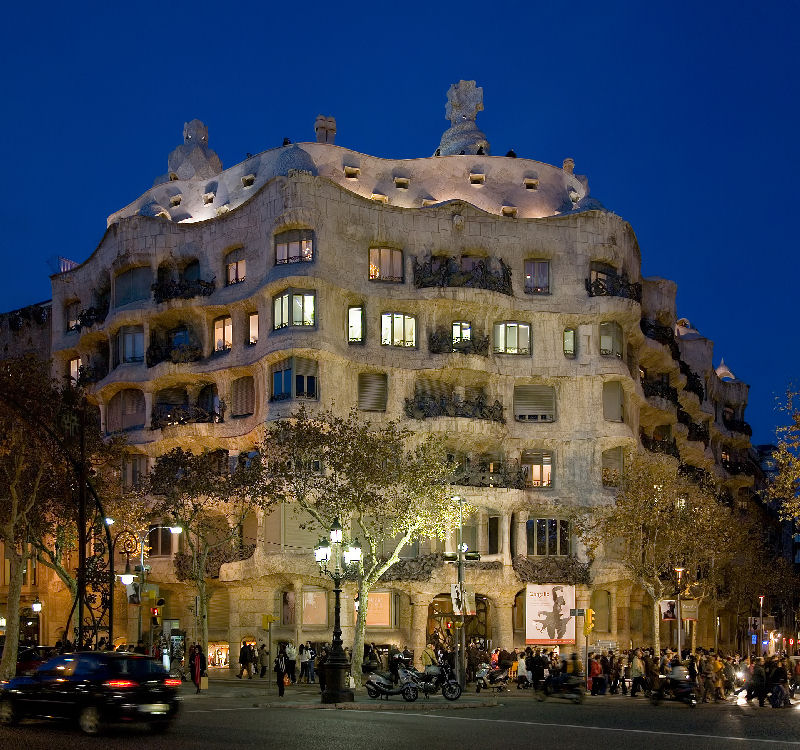
Spurgeon was
fascinated by Gaudi's work, including the third of Gaudi's
significant buildings, Casa Batlló in Barcelona.
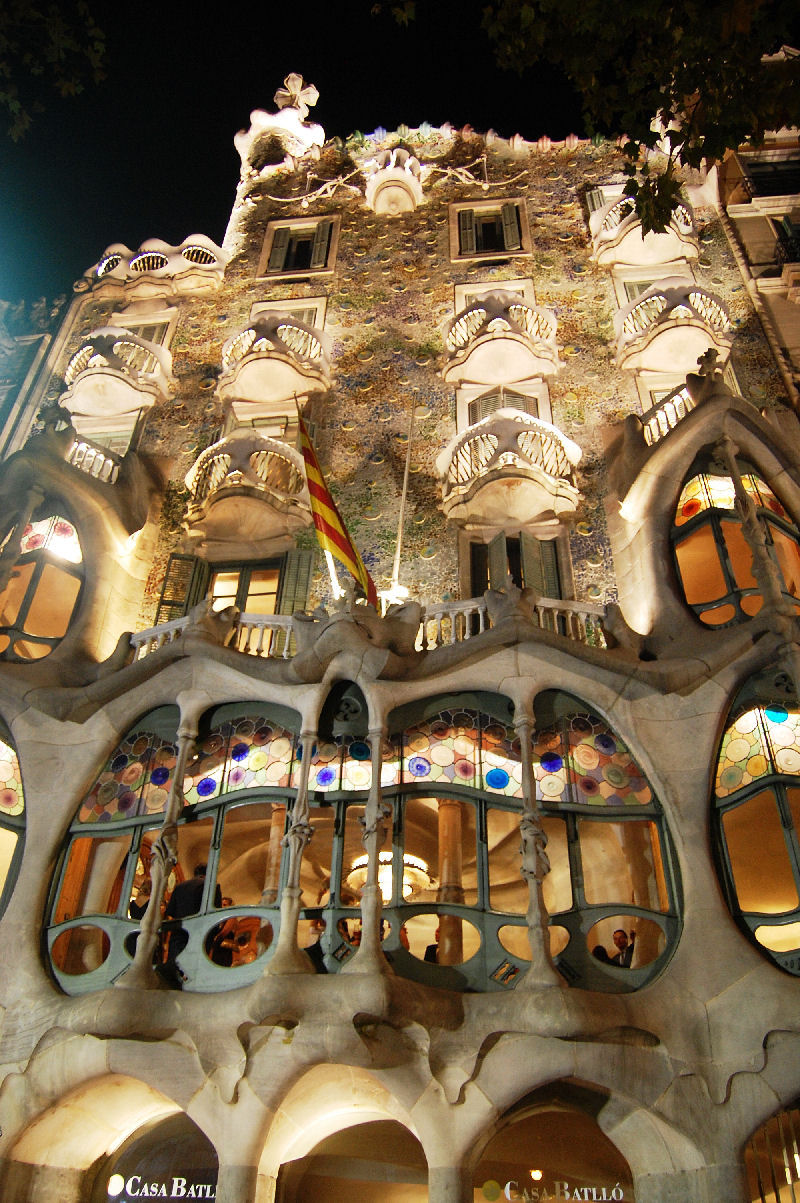
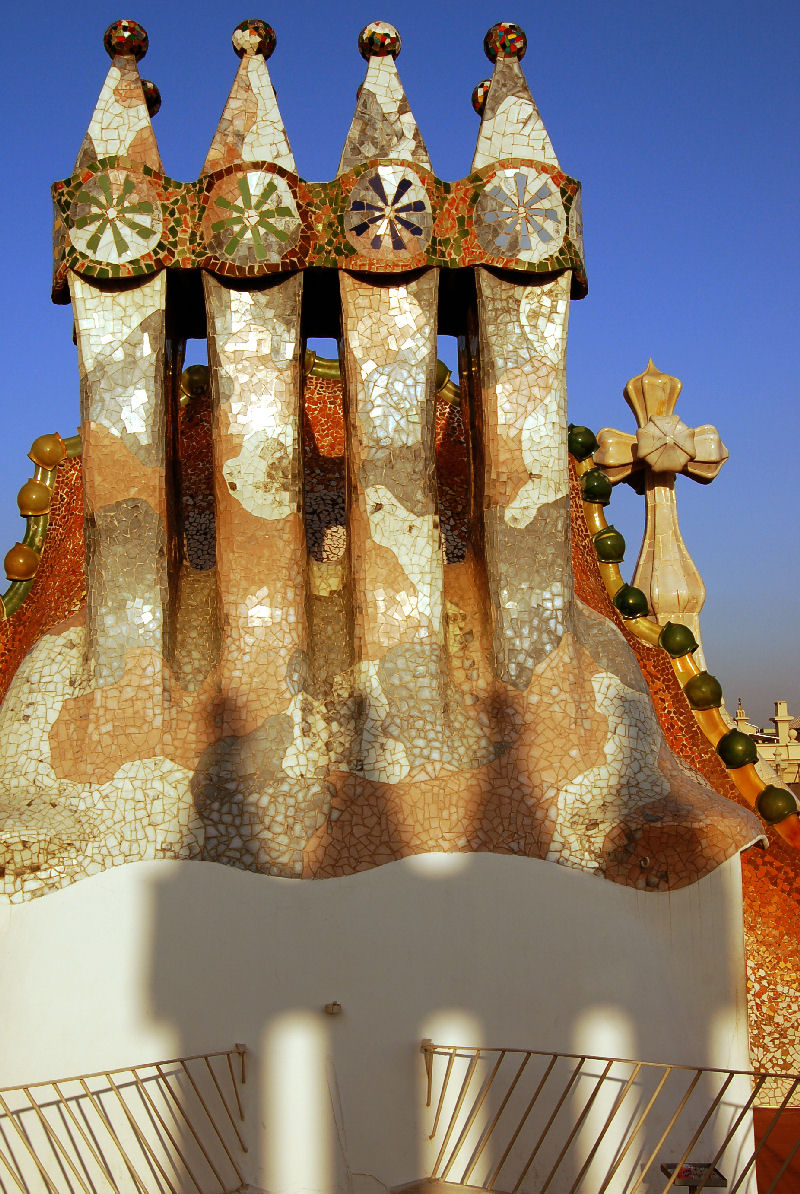
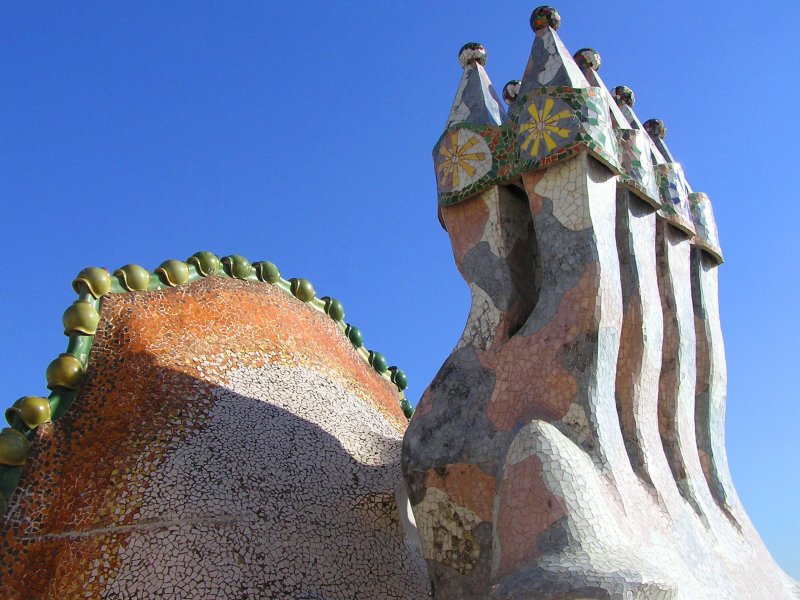
Many designer shops.
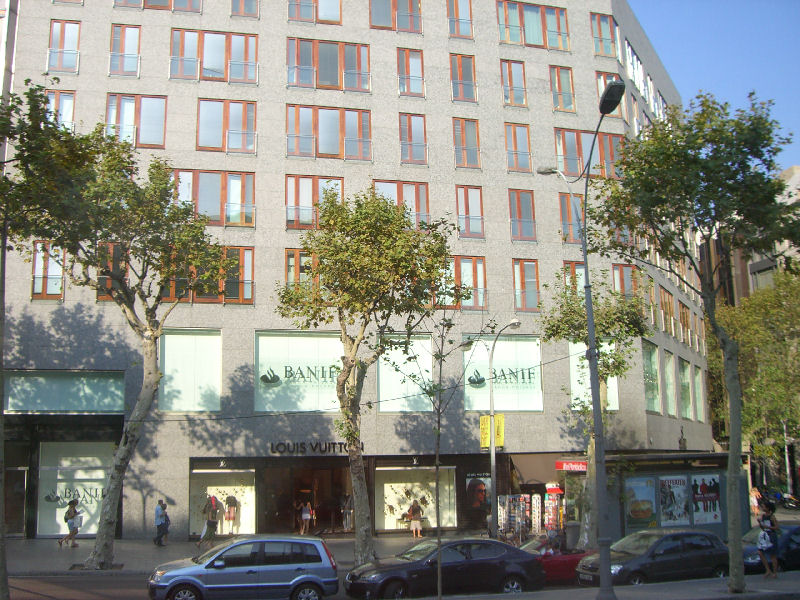
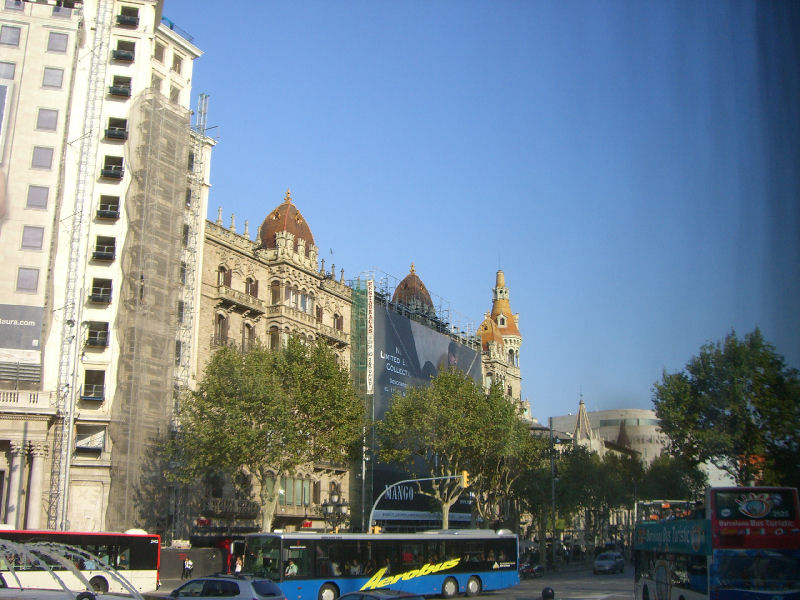
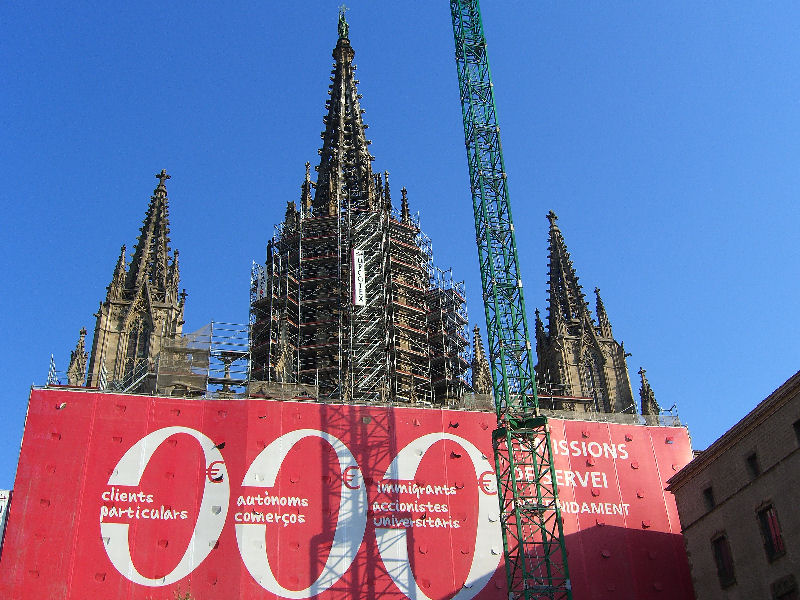
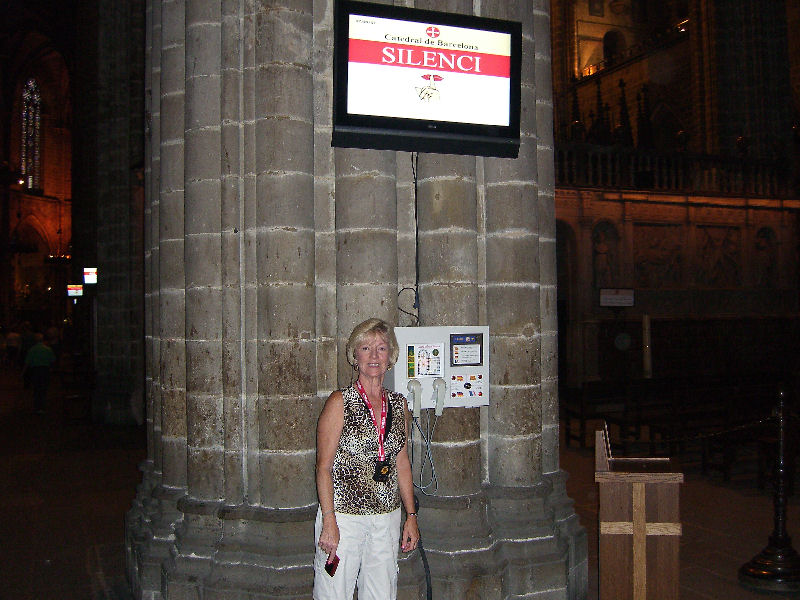
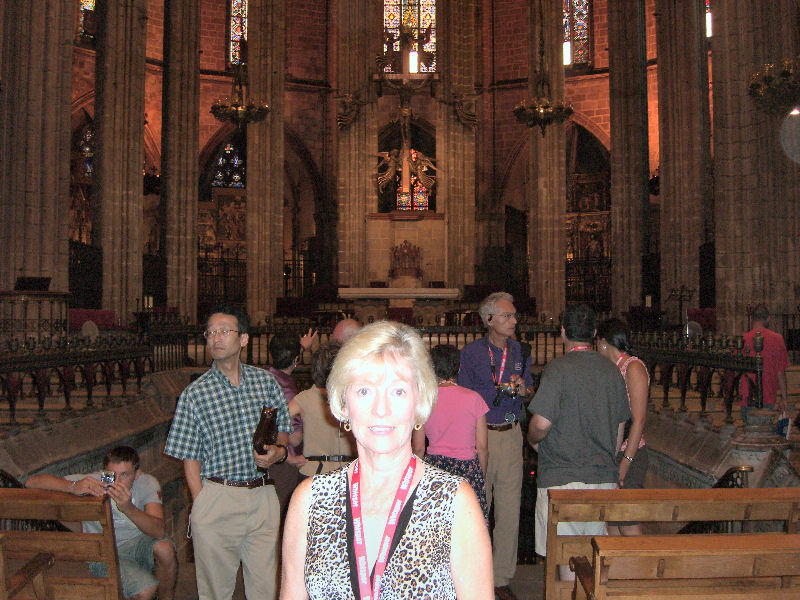
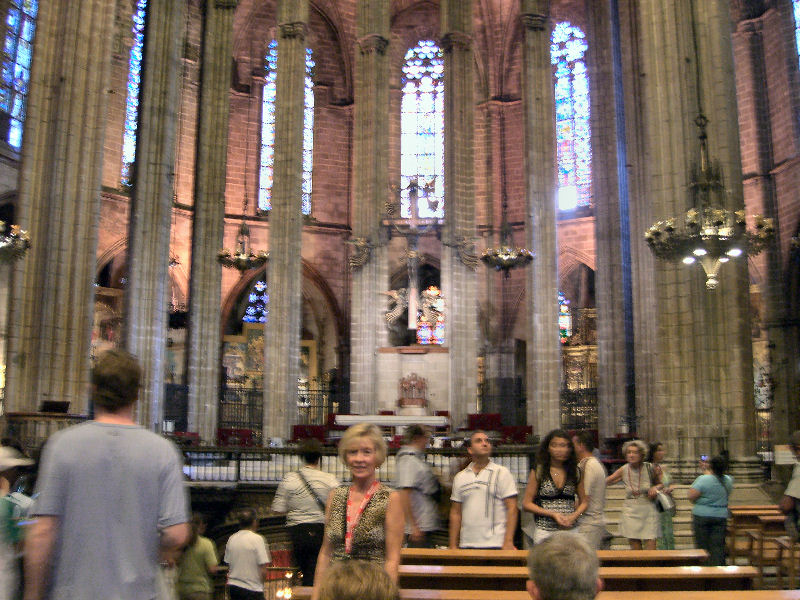
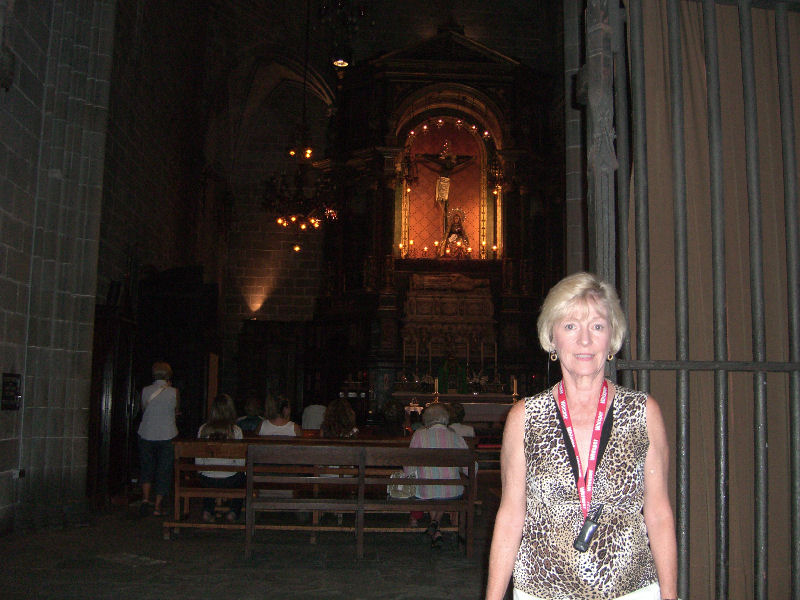
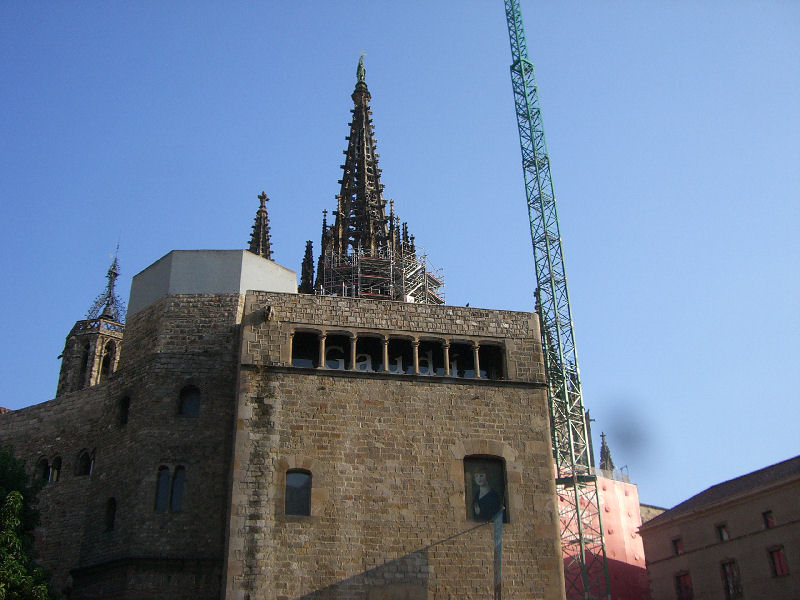

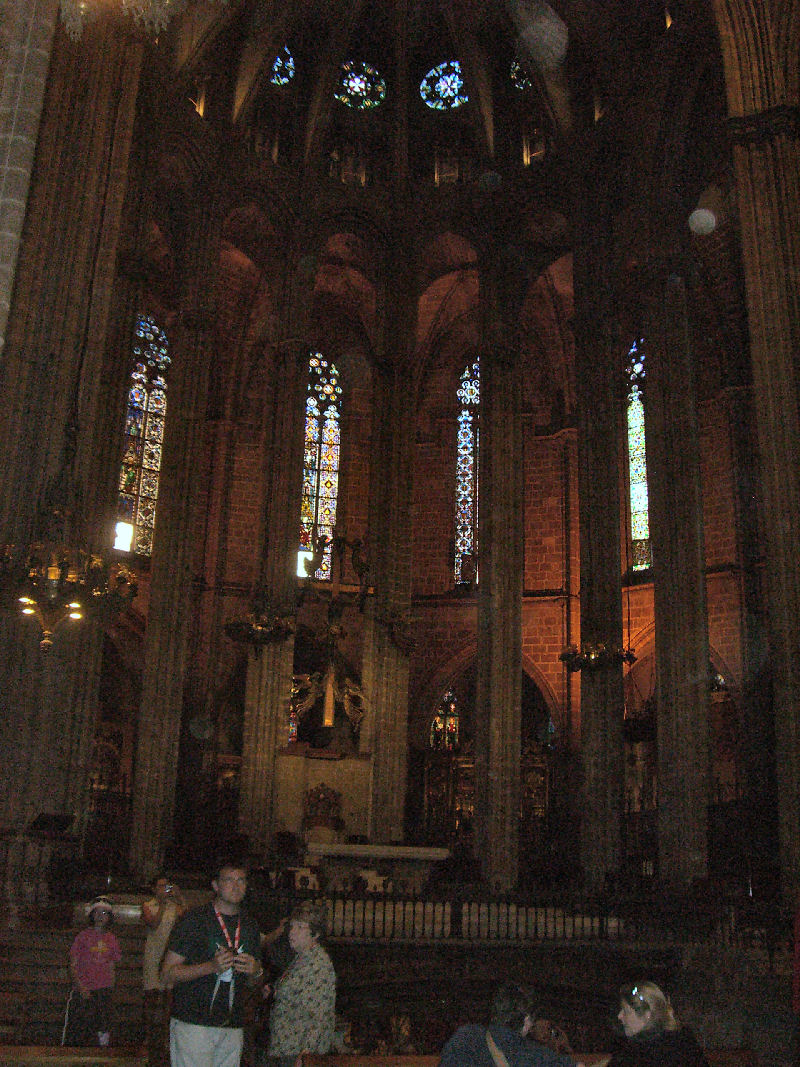
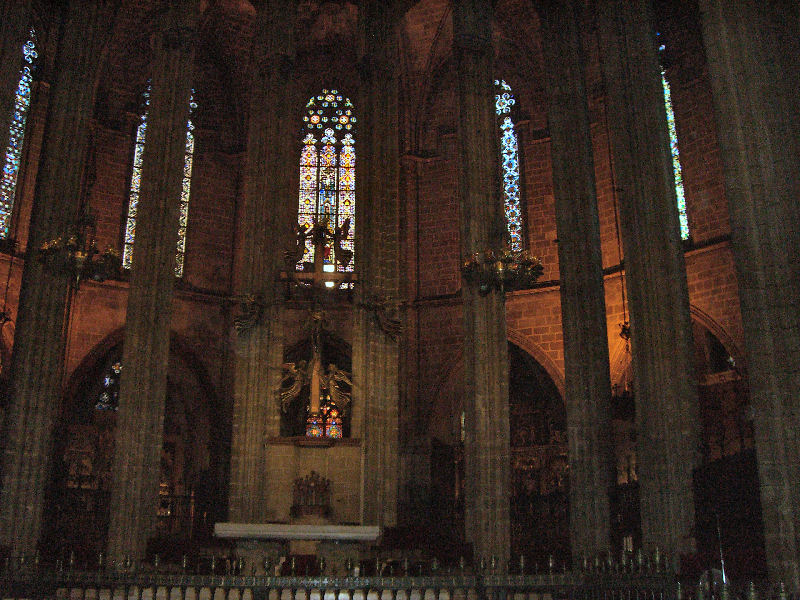
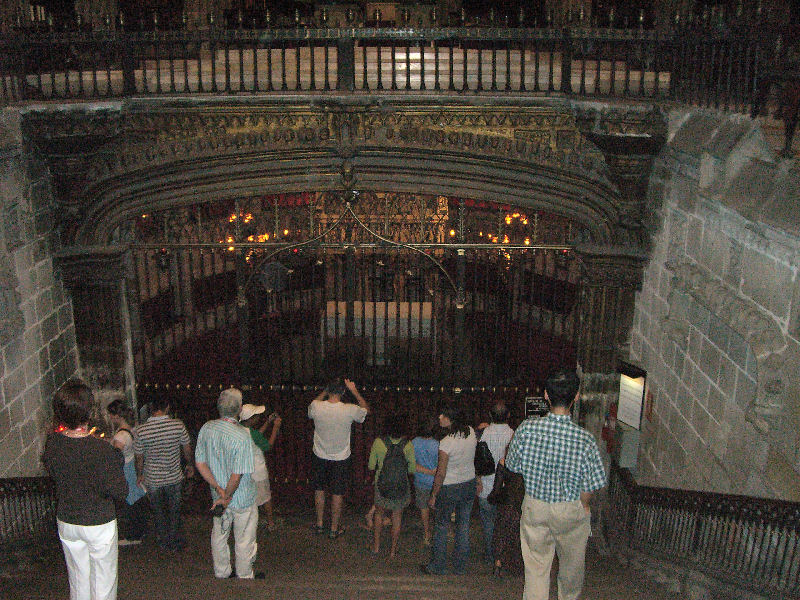
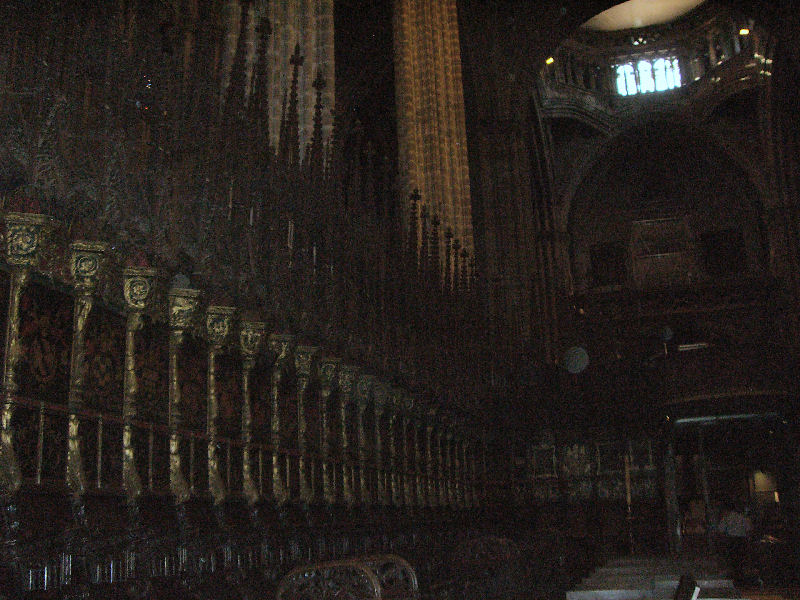
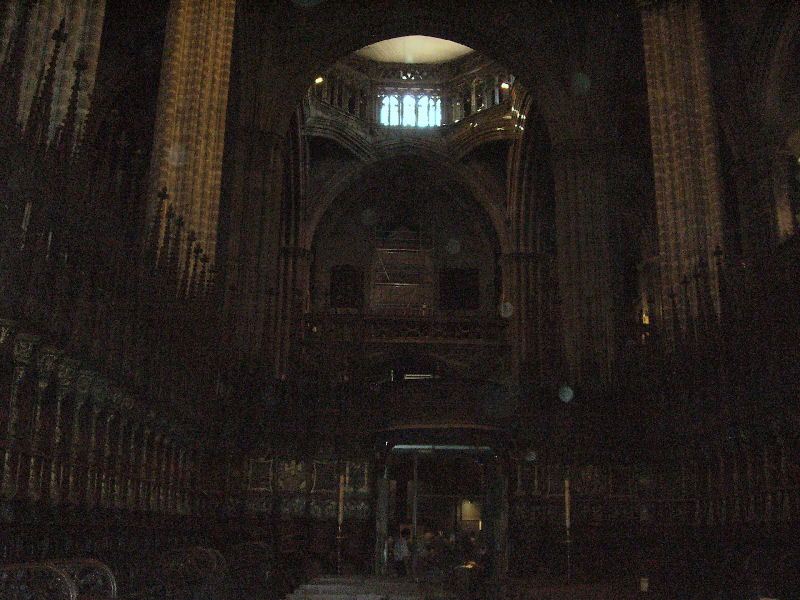
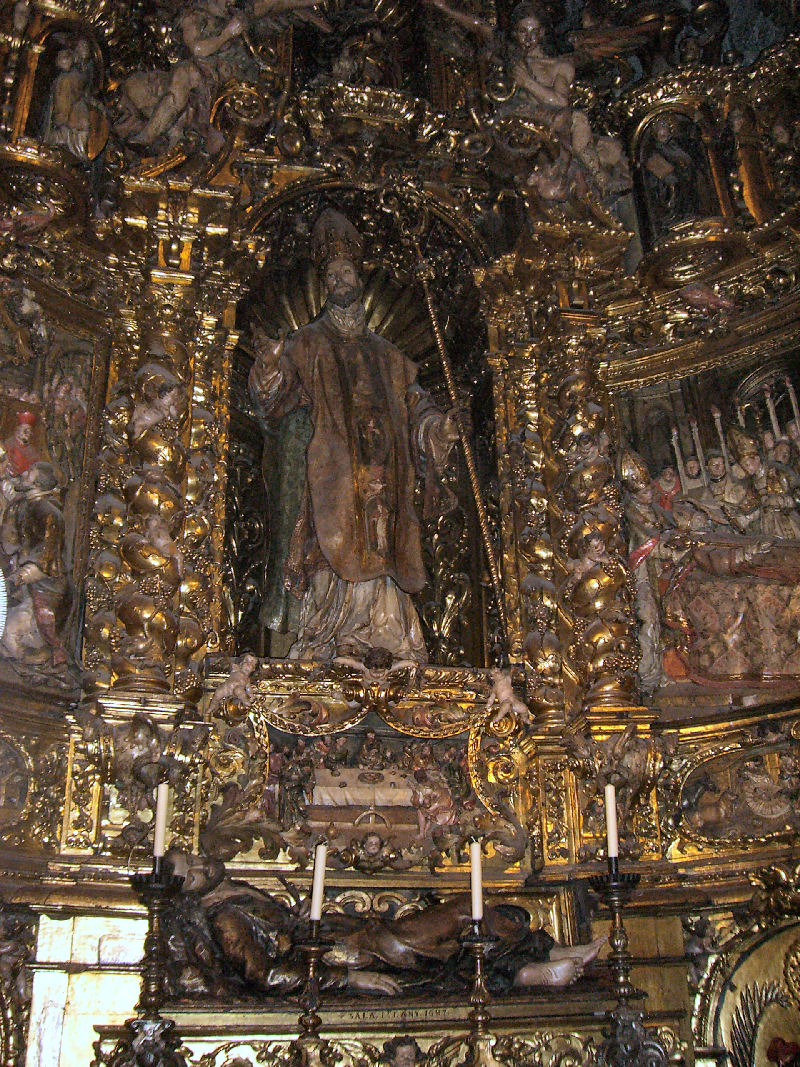
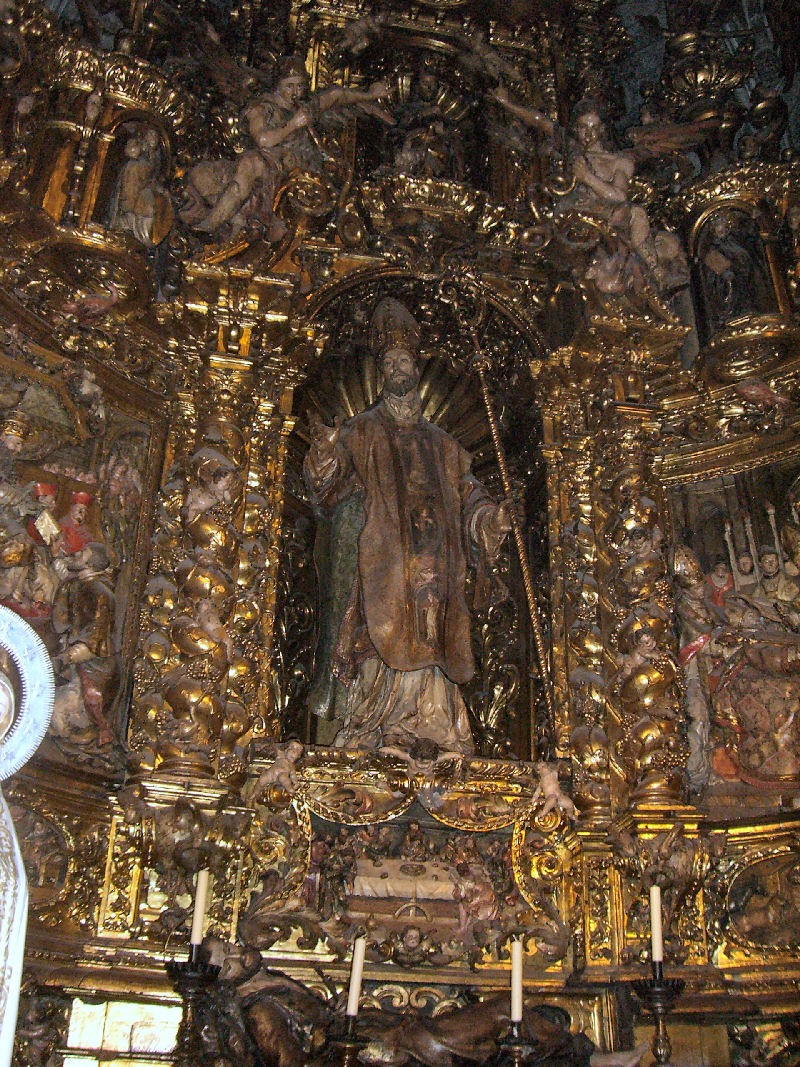
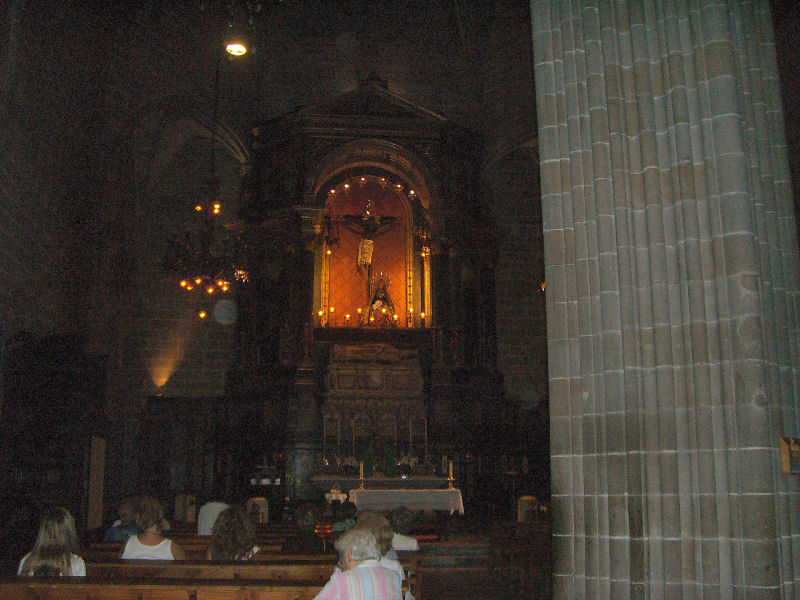
Barcelona scenes taken from our bus.
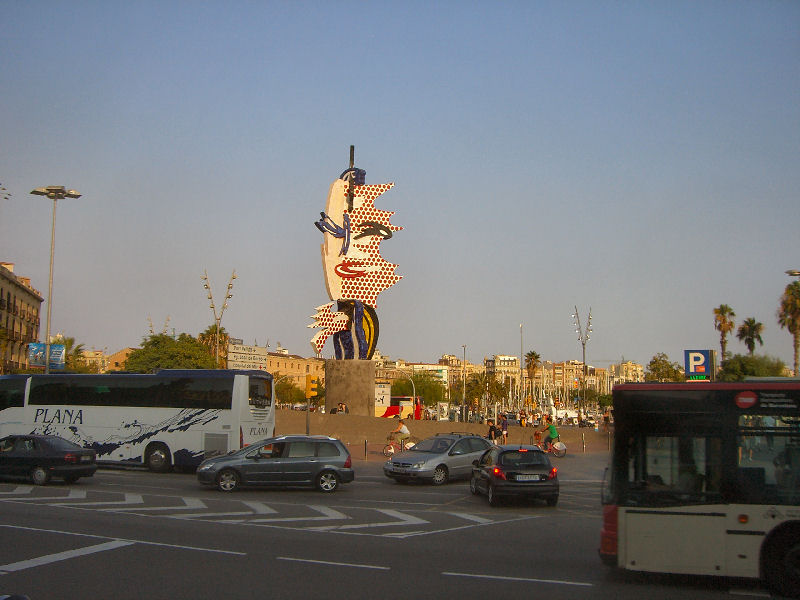
The lobster was quite interesting. We took more photos
on our second day.
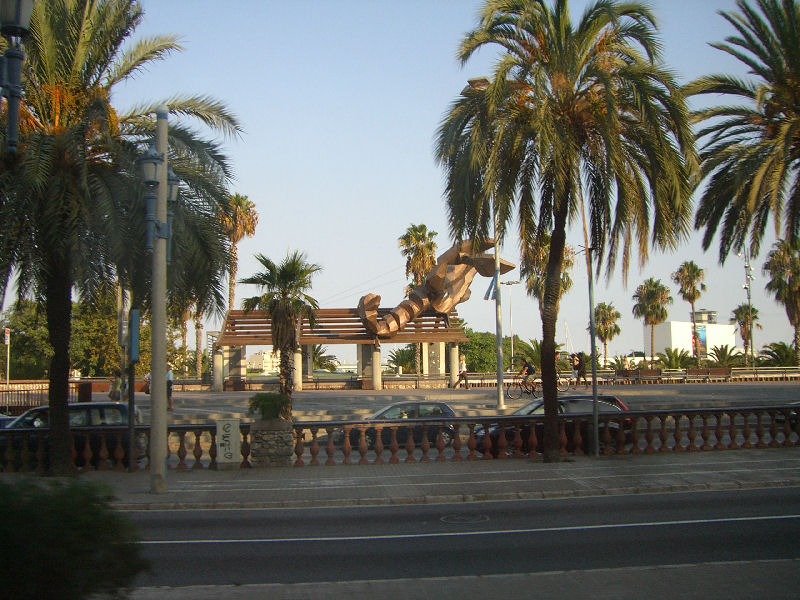
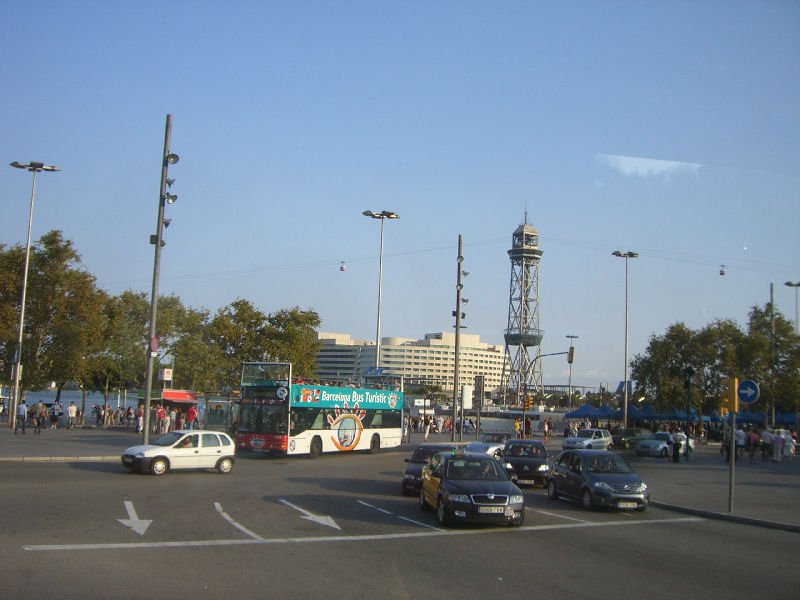
This is the near the old port of Barcelona entrance.
Monument of Columbus.
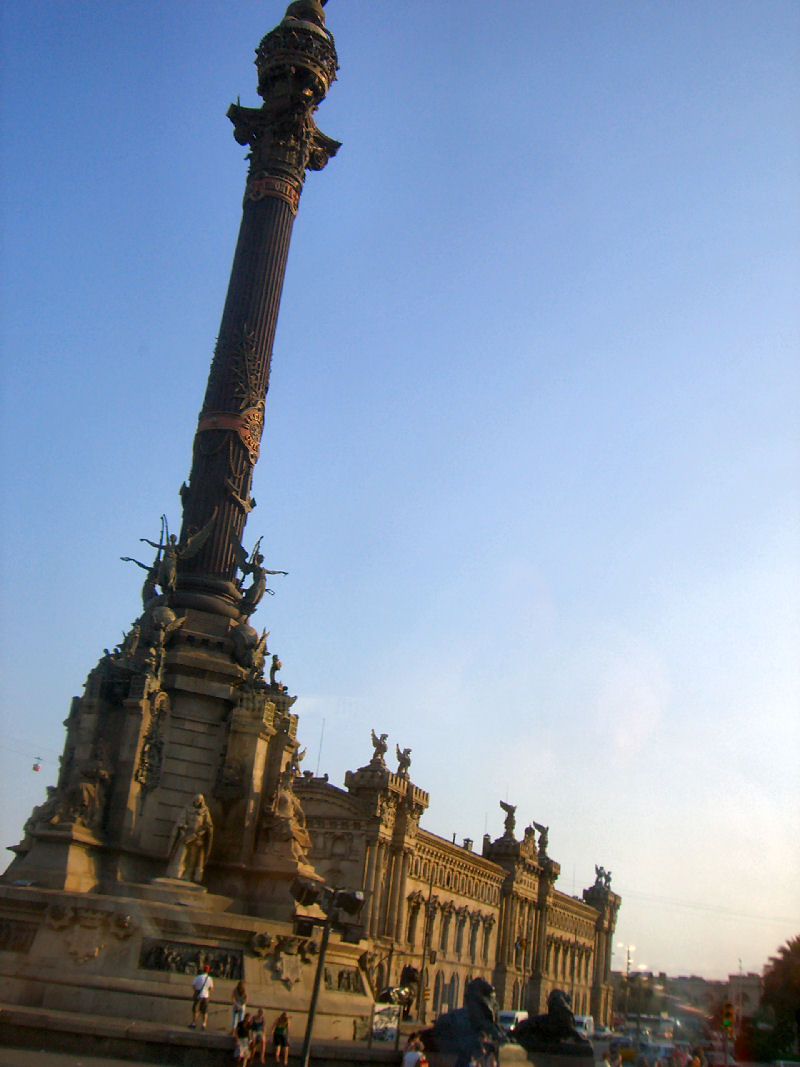
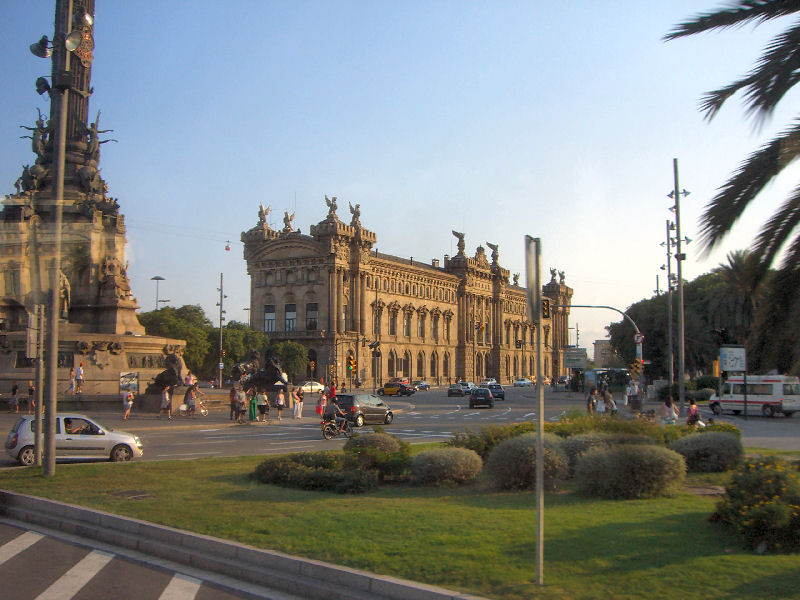
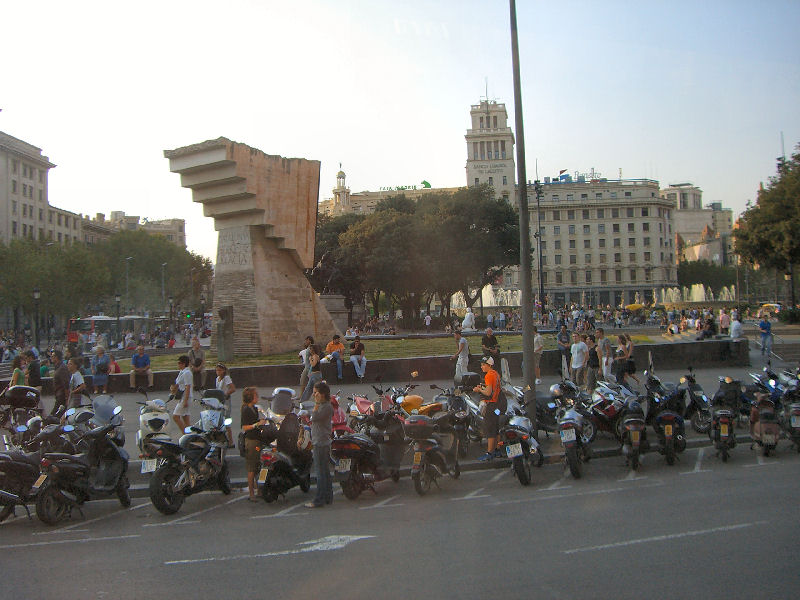
This was our farewell dinner at Moncho's.
A
large
buffet with
many seafood
dishes, salads, and meat carved at your table.
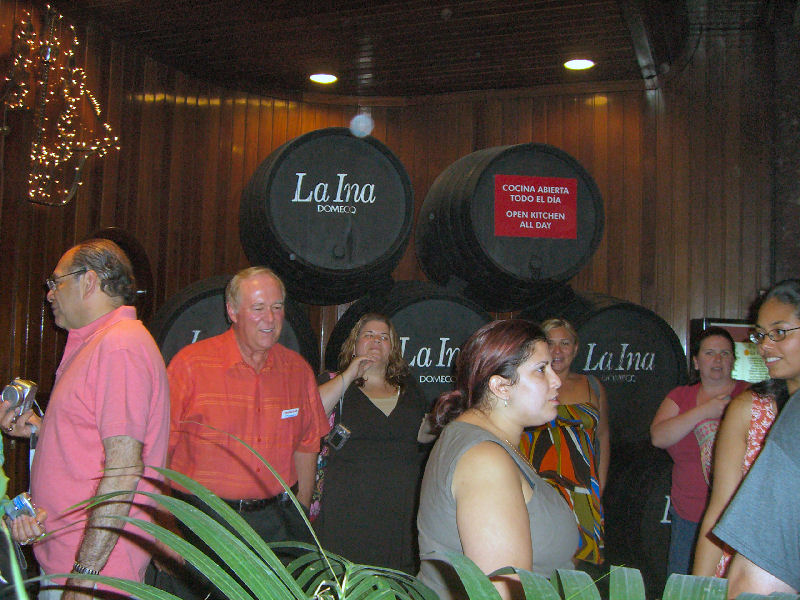
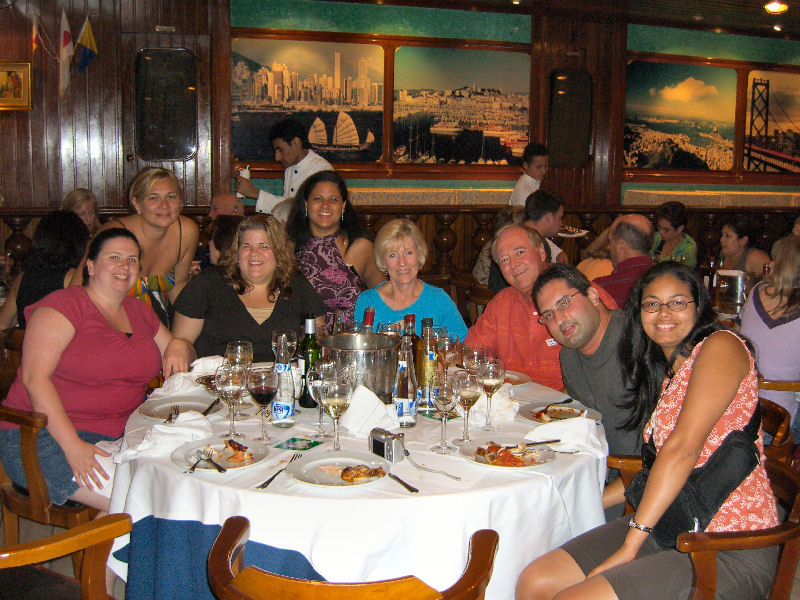
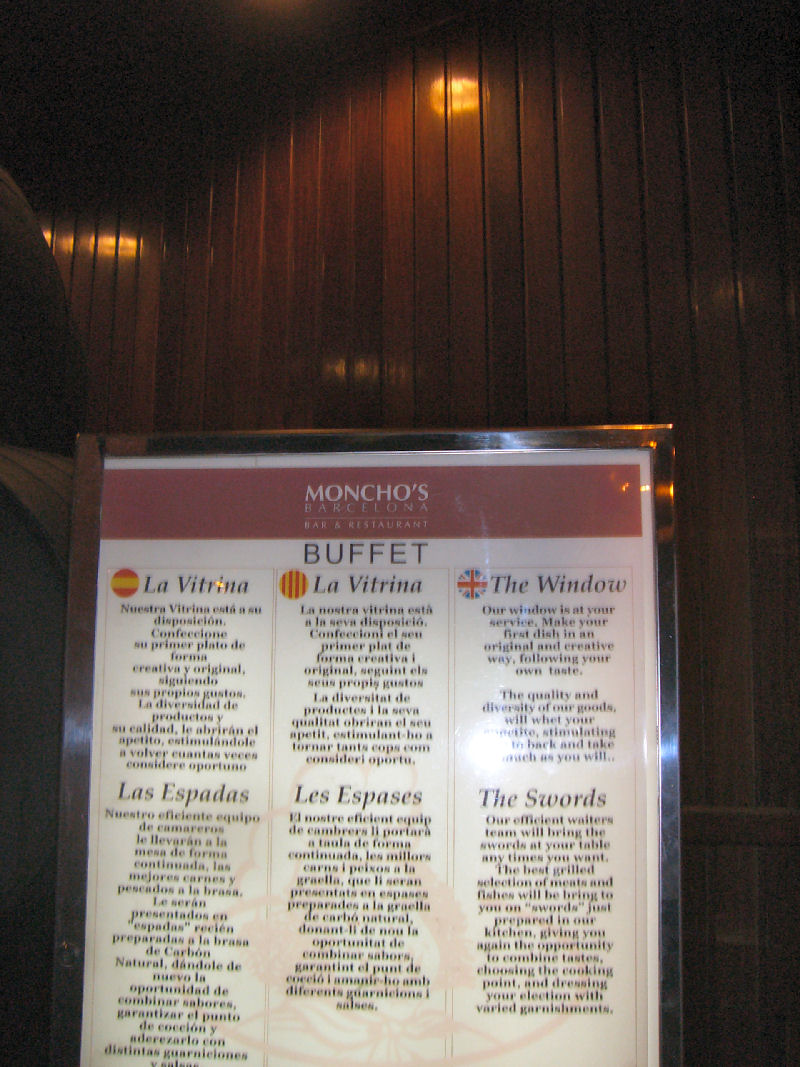
After dinner we continued our tour to see the magical dancing fountains.
The magic fountain of Montjuïc's first performance
was on May 19, 1929 during the Great Universal Exhibition.
The magic fountain is a spectacular display of colour,
light,
motion, music and water acrobatics. We took the
escalator down.
There was a large crowd. We have the
music on video.
The Magic Fountain
Owing its existence to the inspiration
of the engineer Carles Buïgas, who
conceived a new type of fountain where
the artistic elements are the changing
forms of water, the
Magic Fountain
was
one of the last works constructed in
the grounds of the 1929
Universal Exposition. The project was completed with
the cascades and fountains
installed in various places of the Avinguda
Maria Cristina. The fundamental
element, however, was the monumental
fountain situated on a platform raised
at the end of the avenue, with the view
of the National Palace in the
background.
